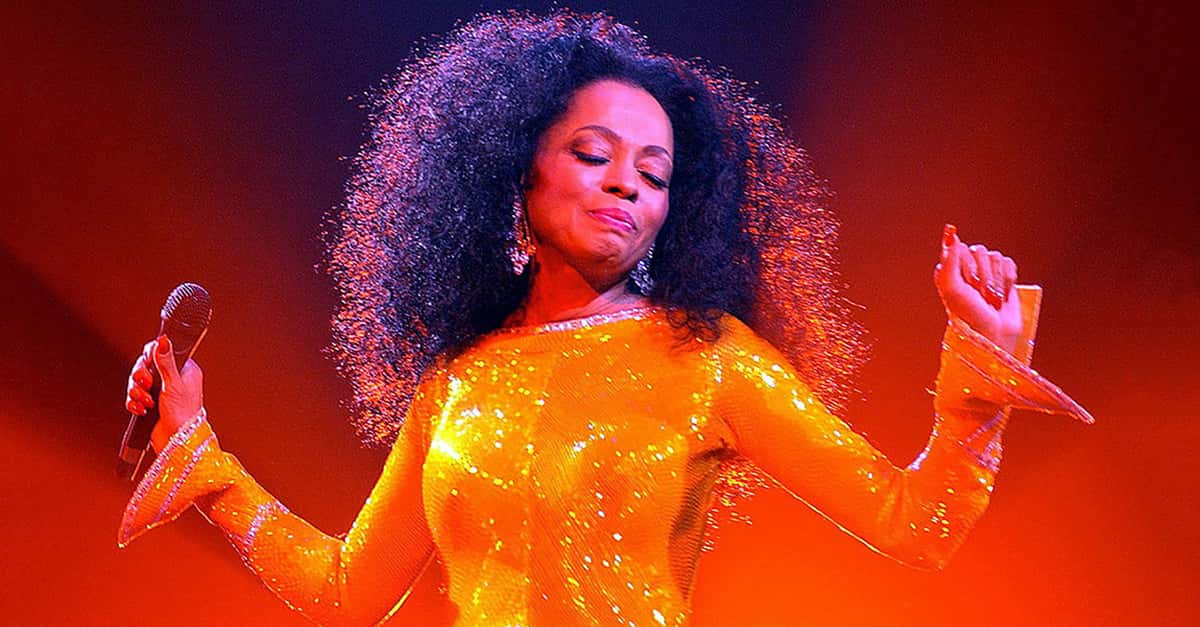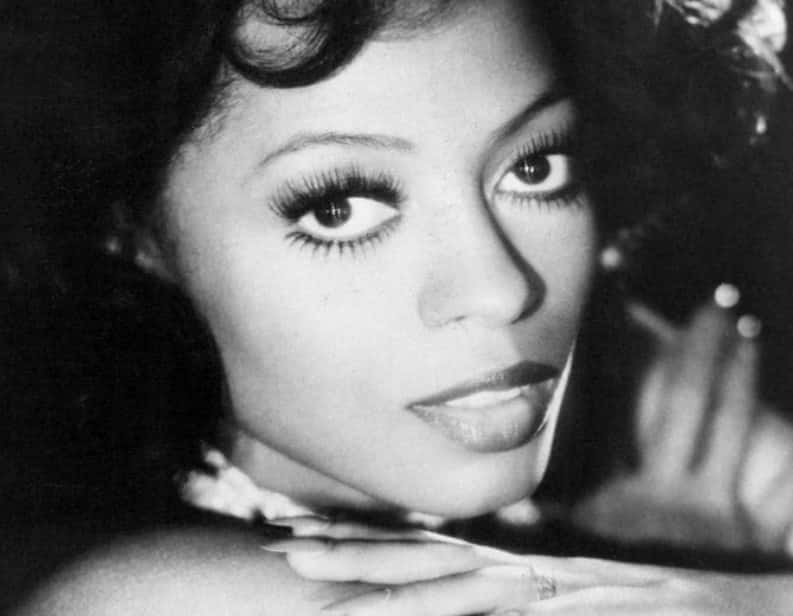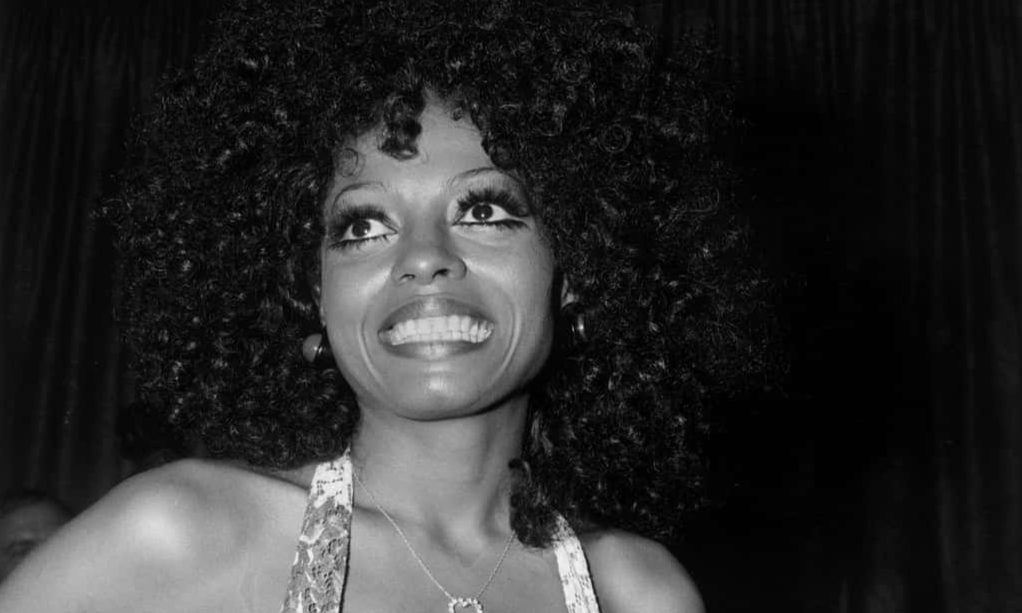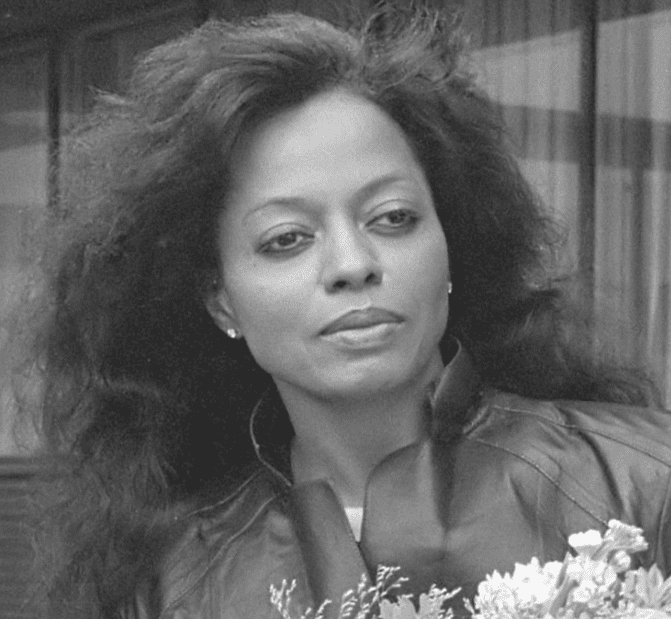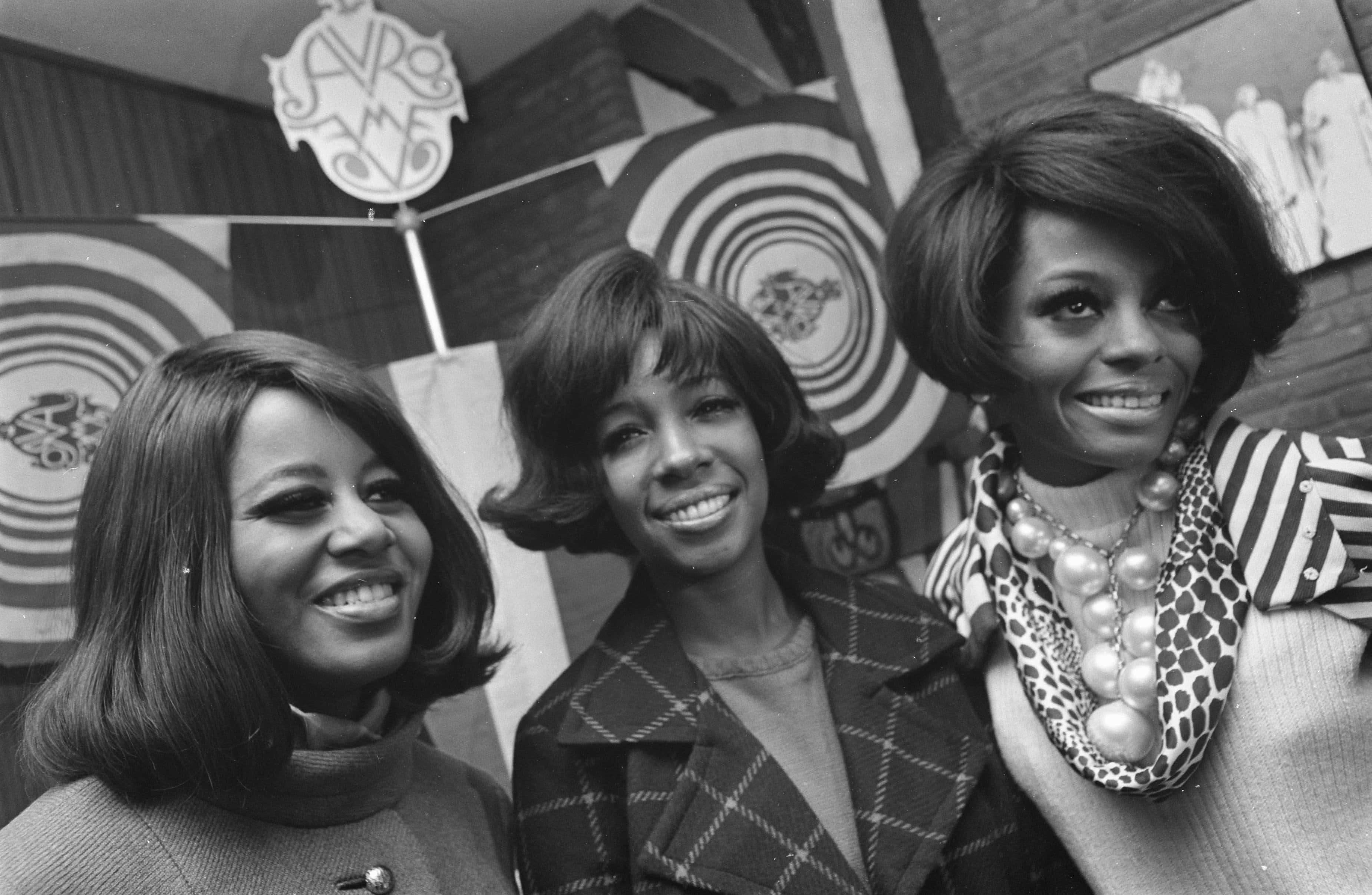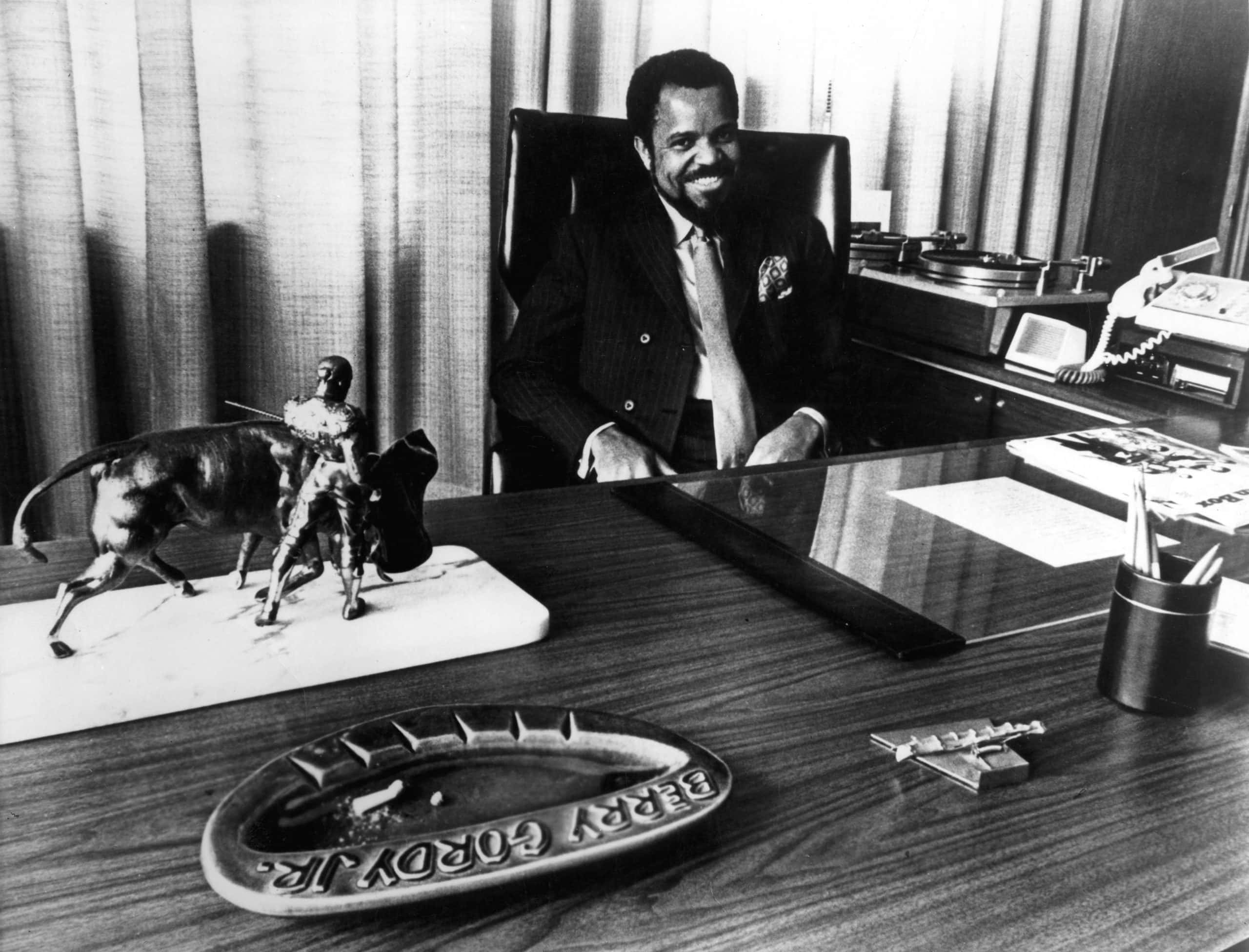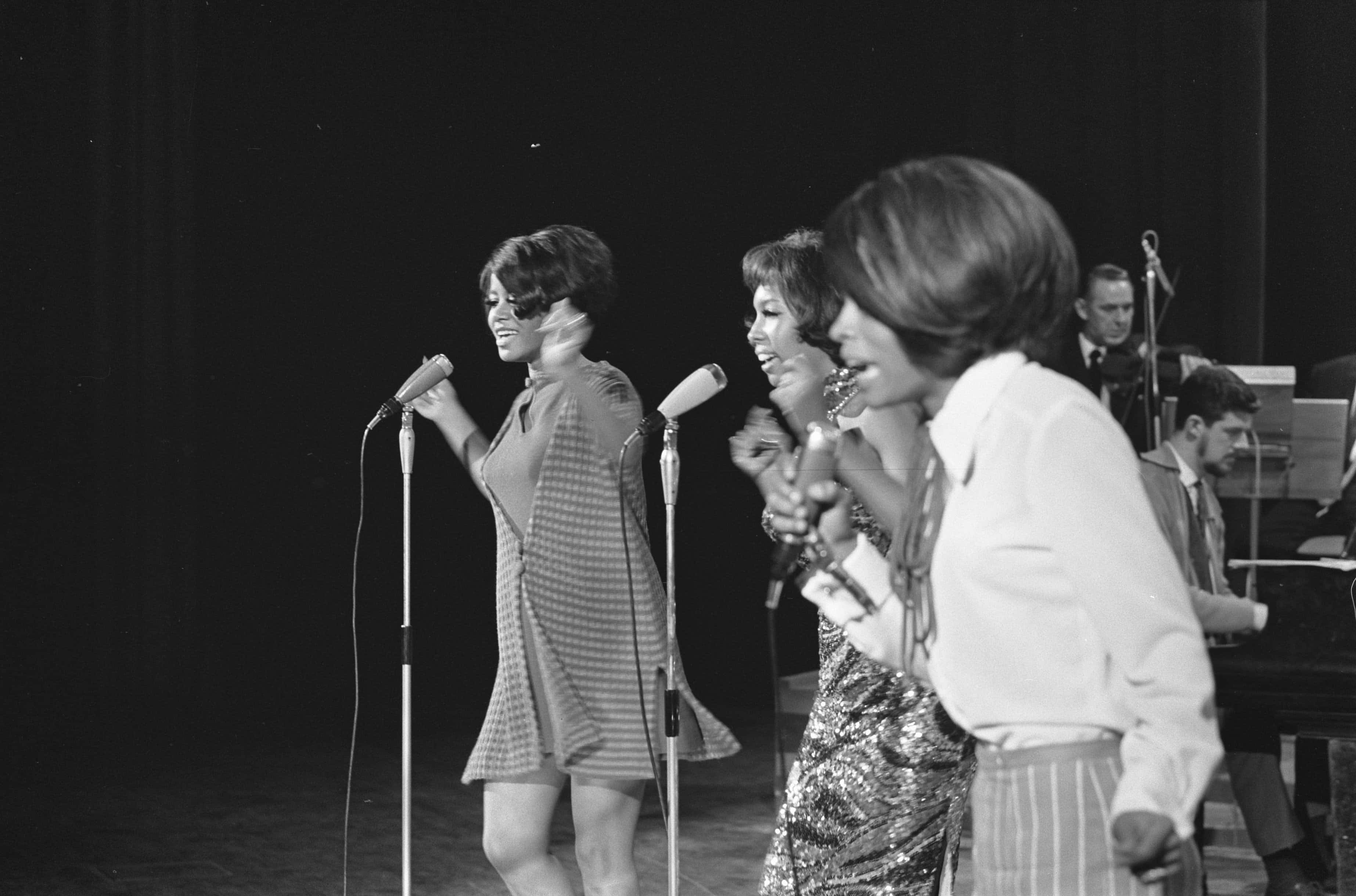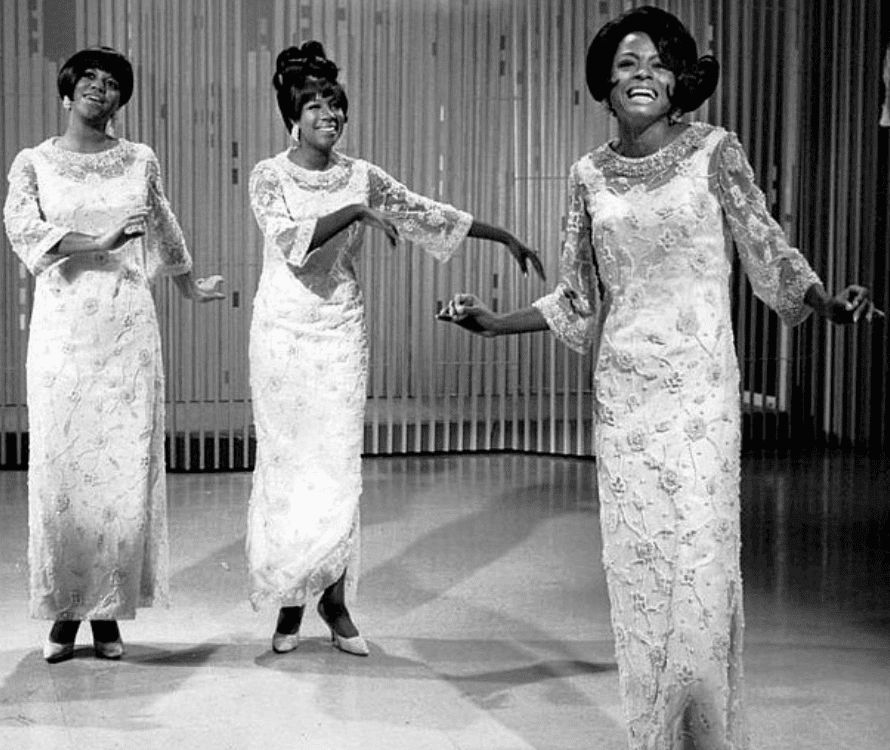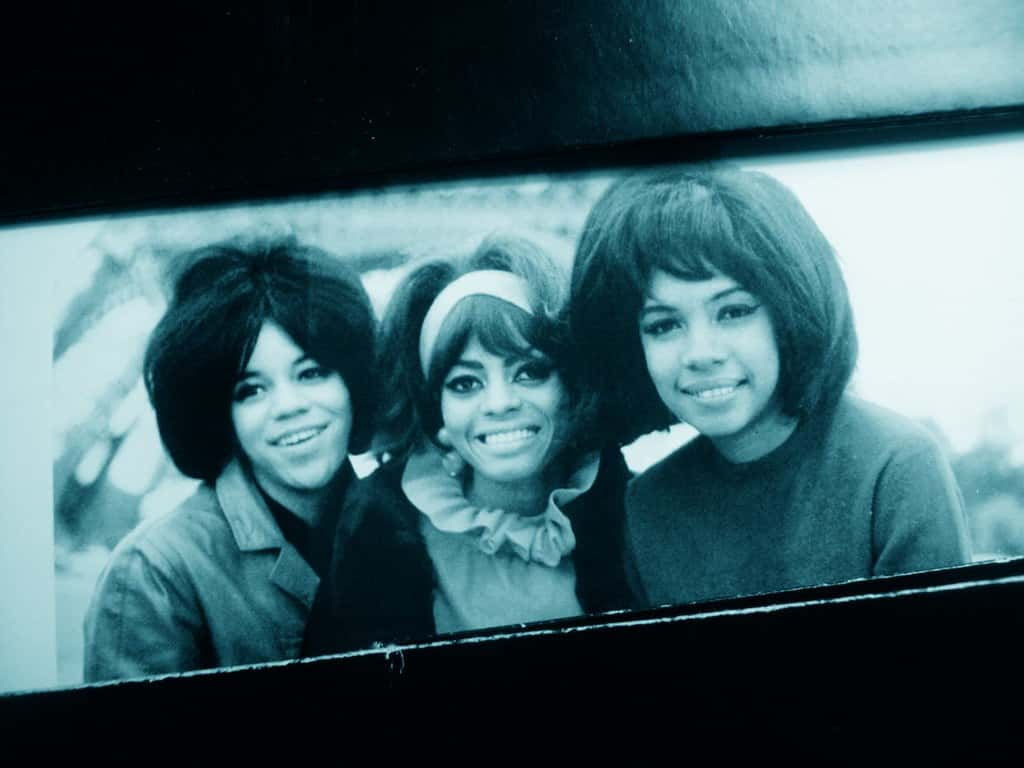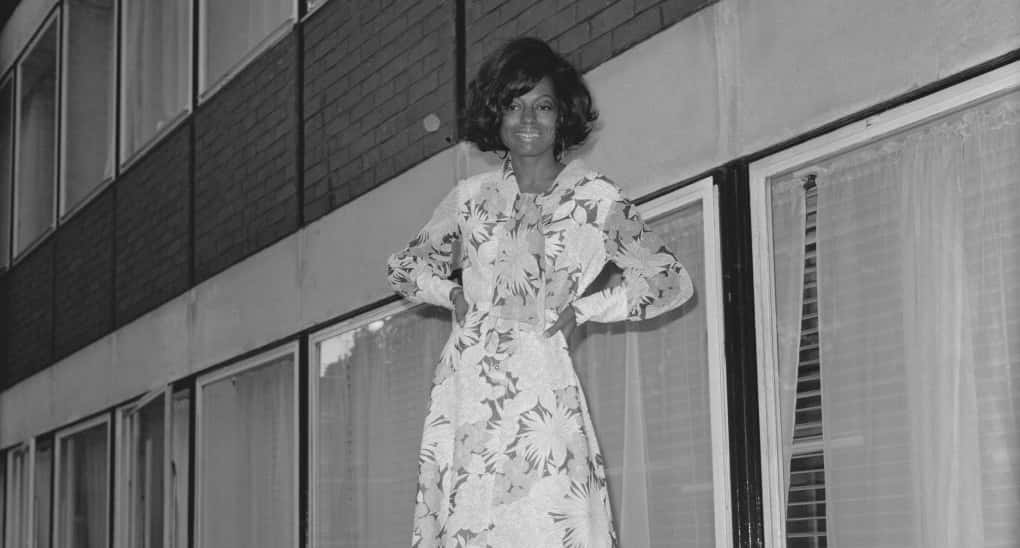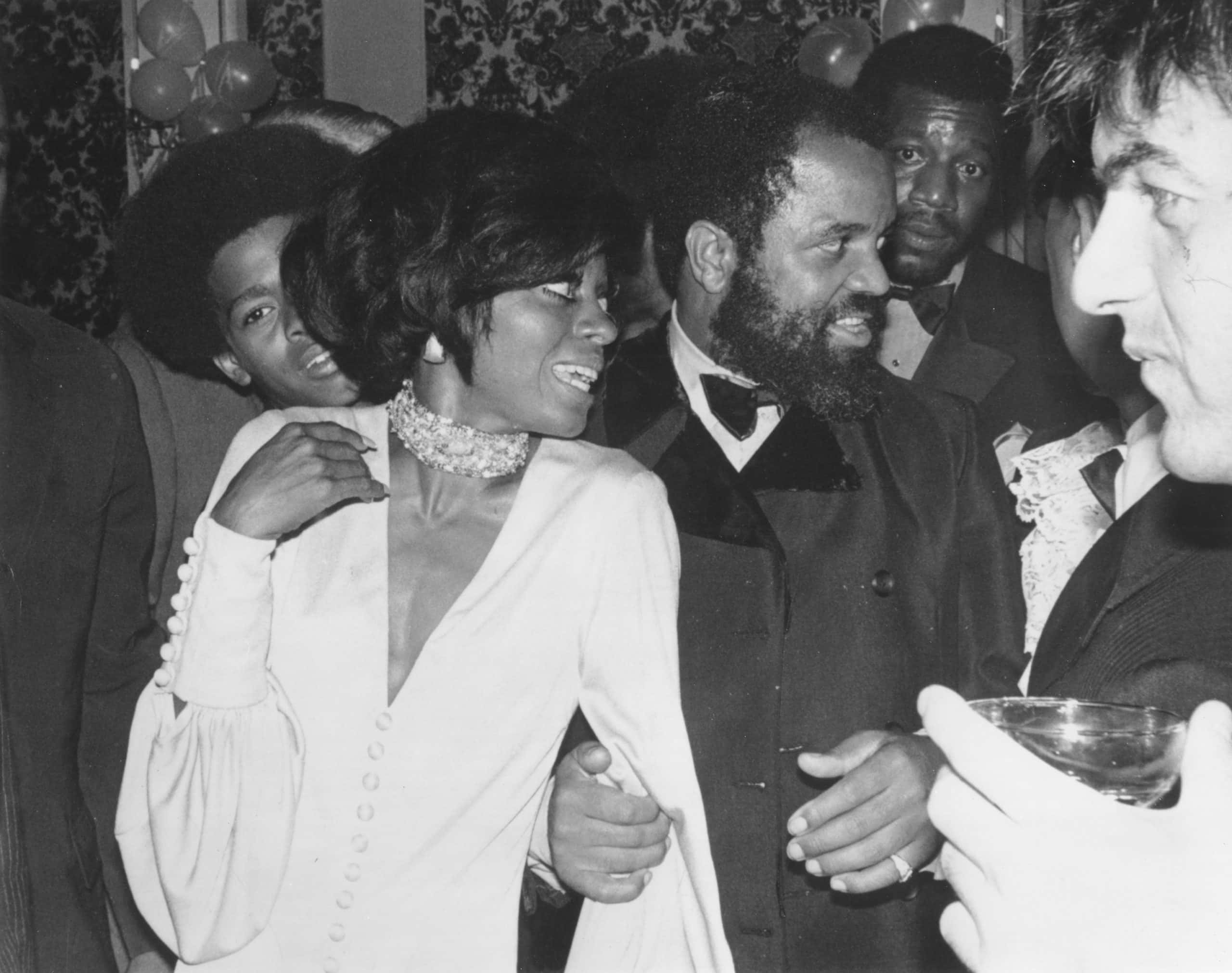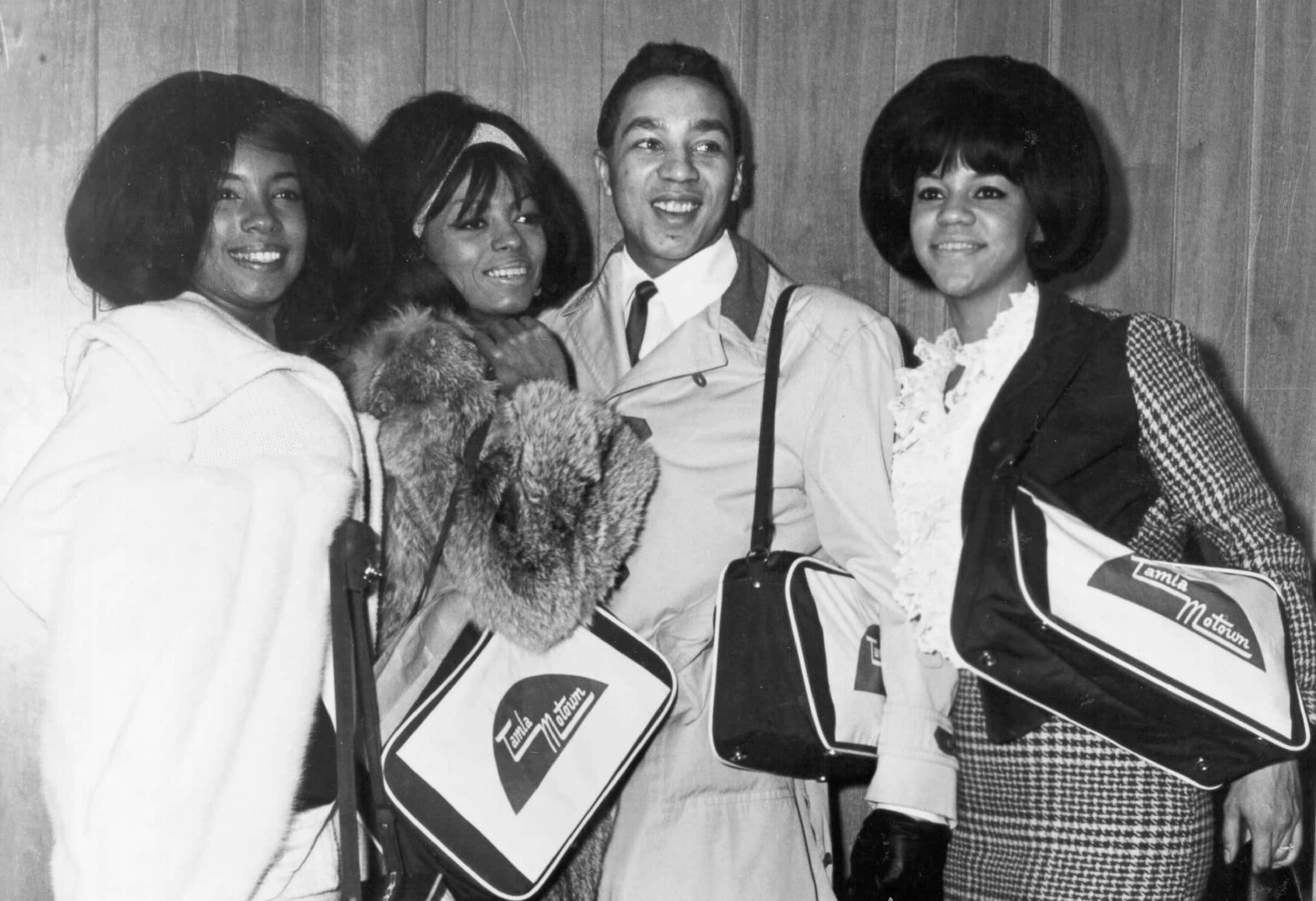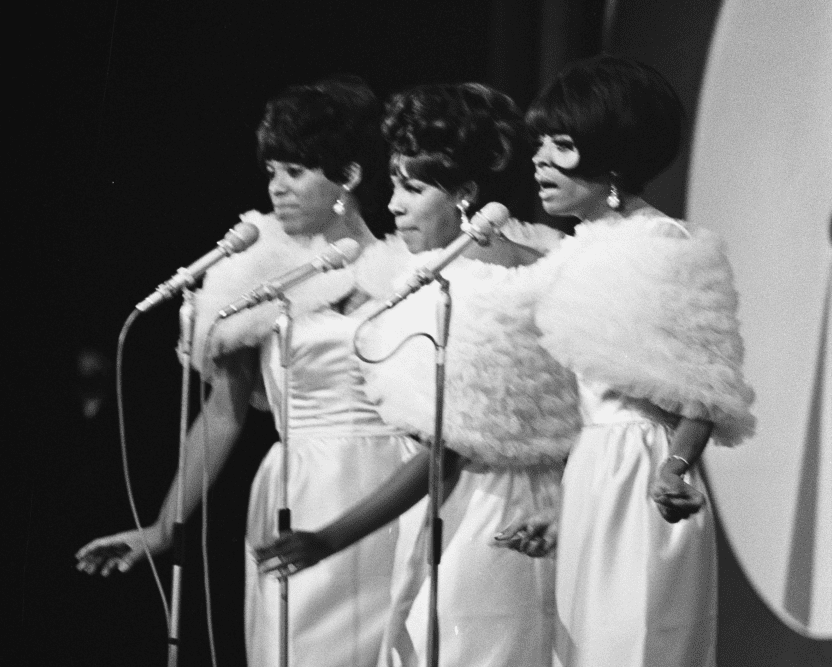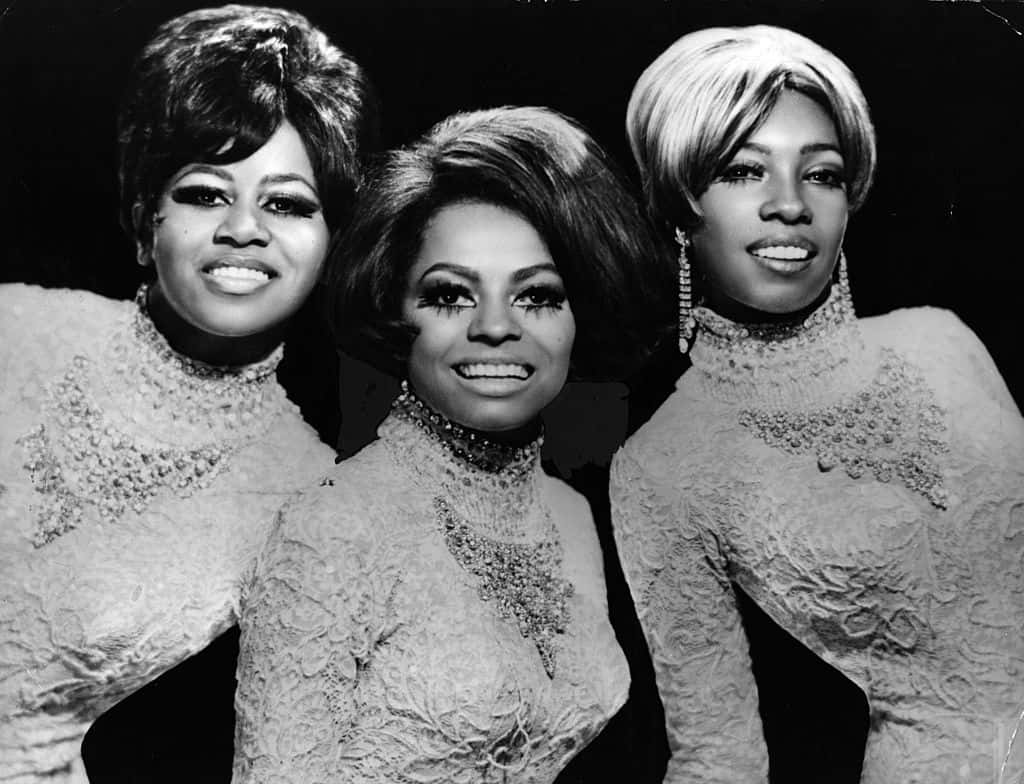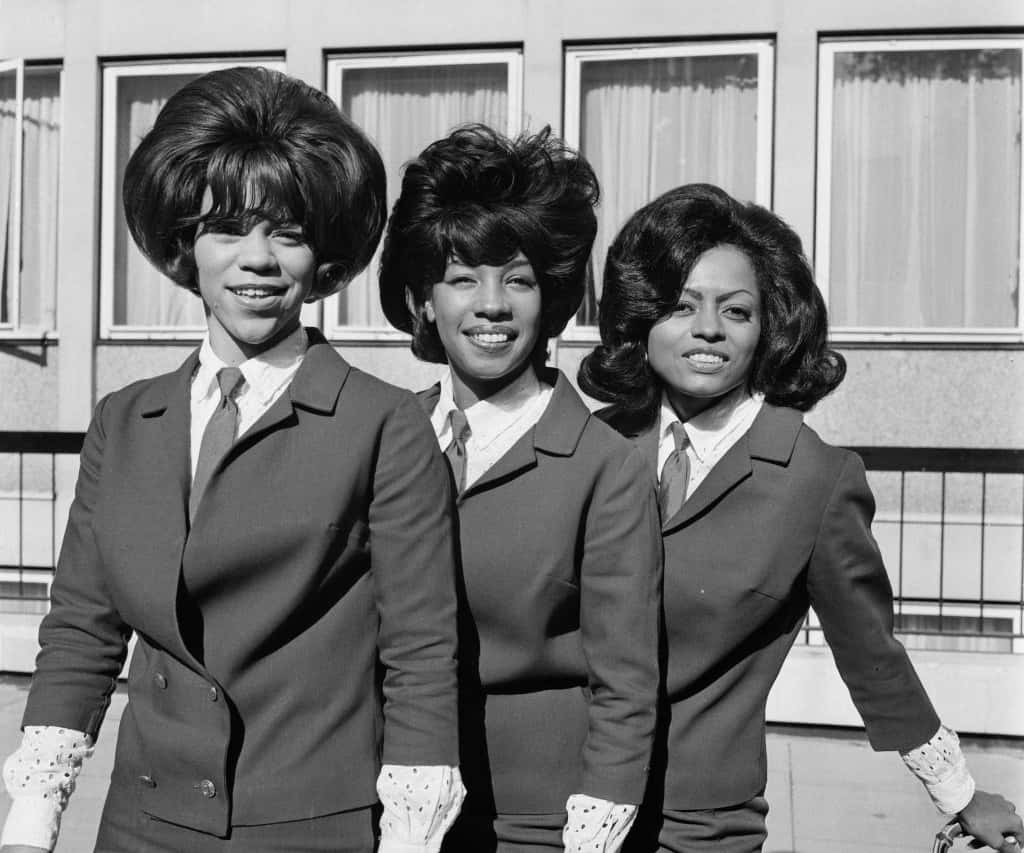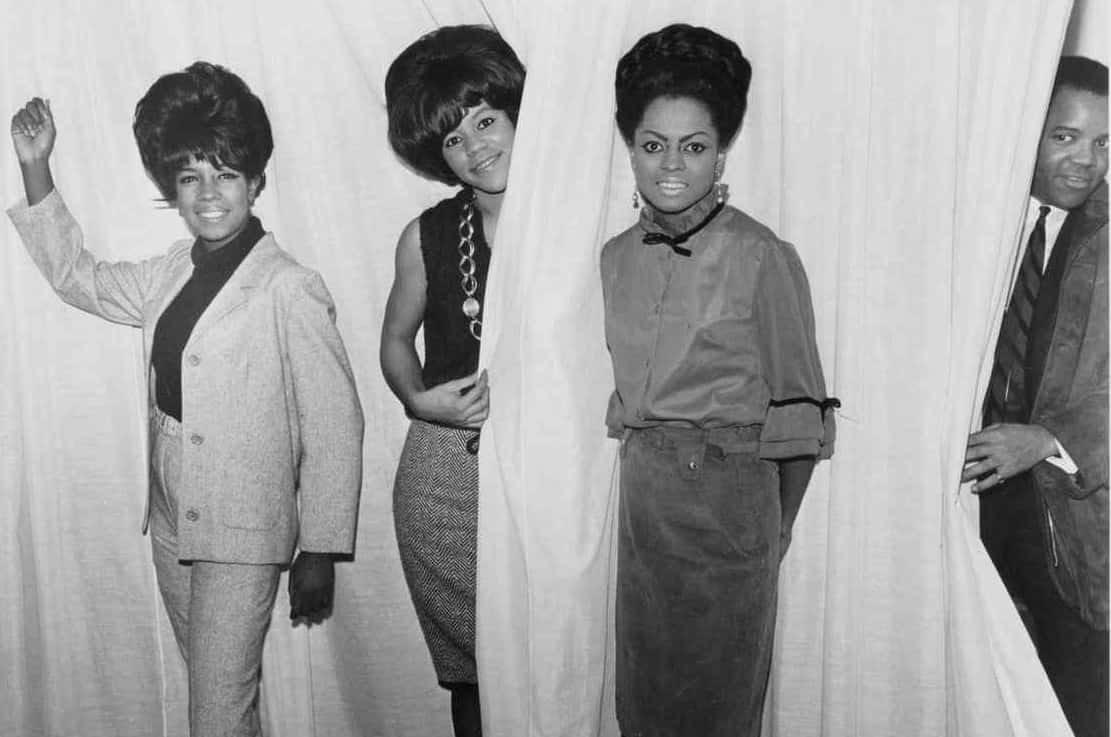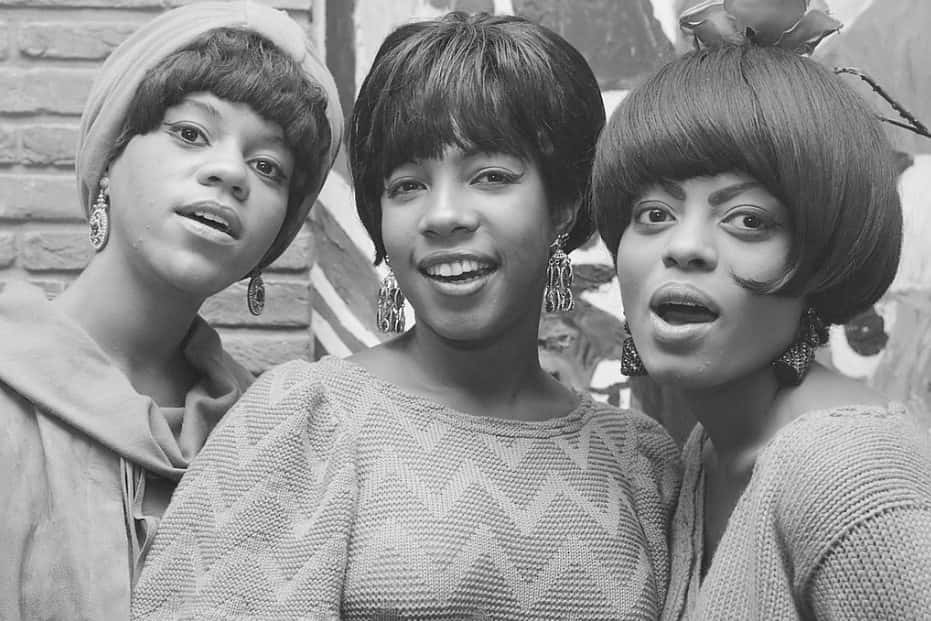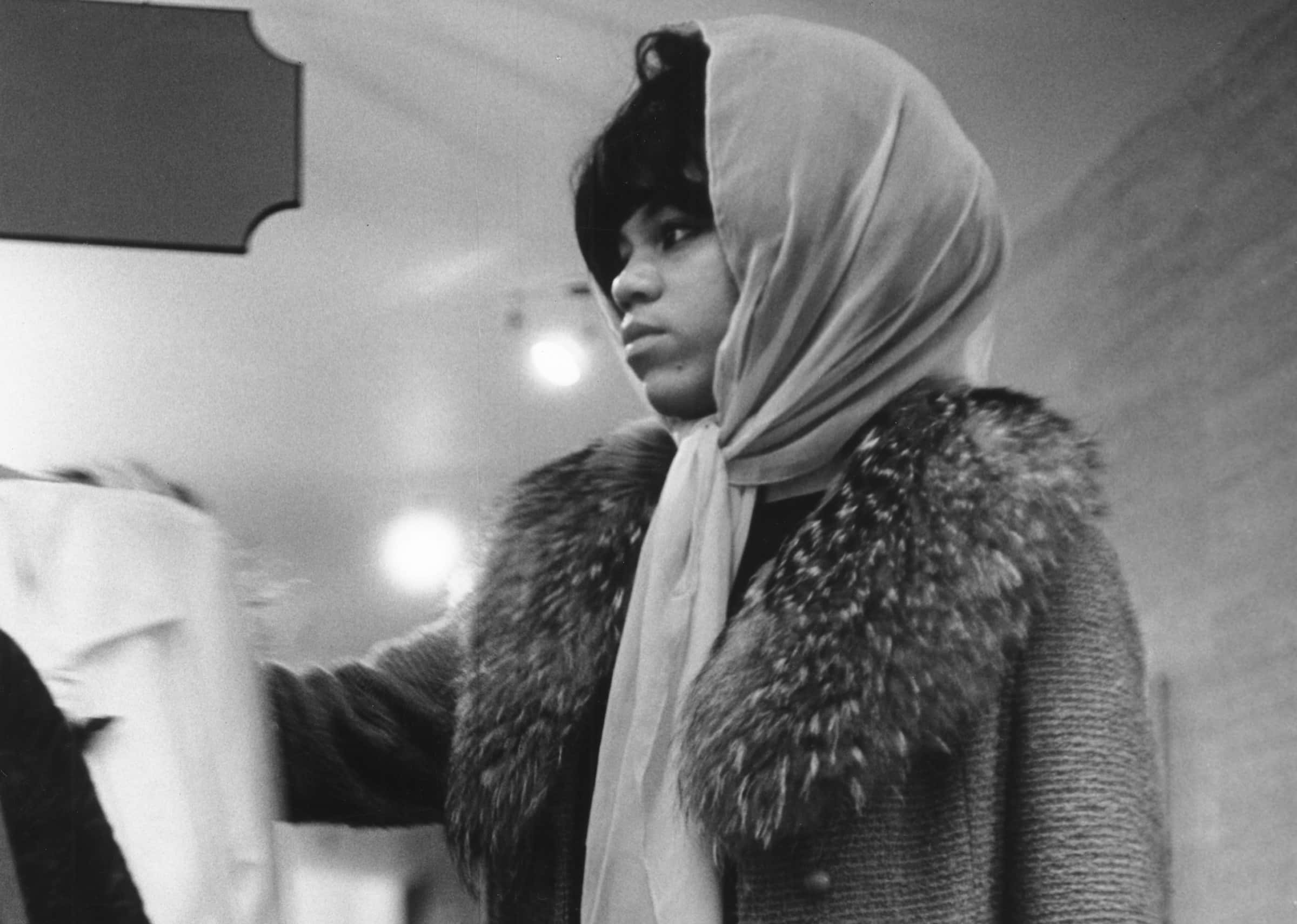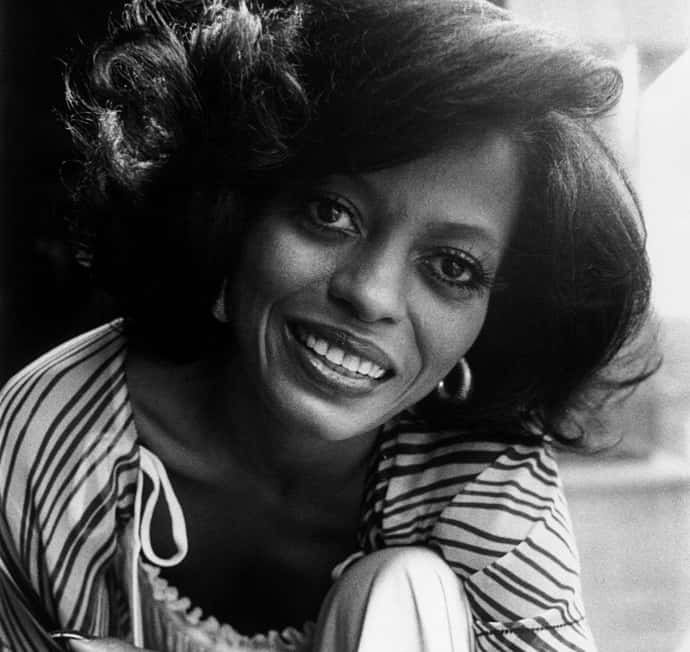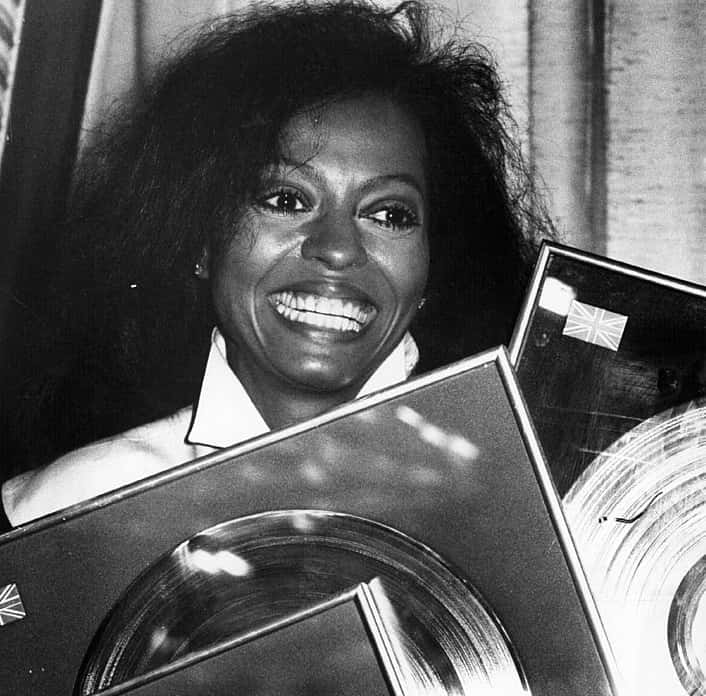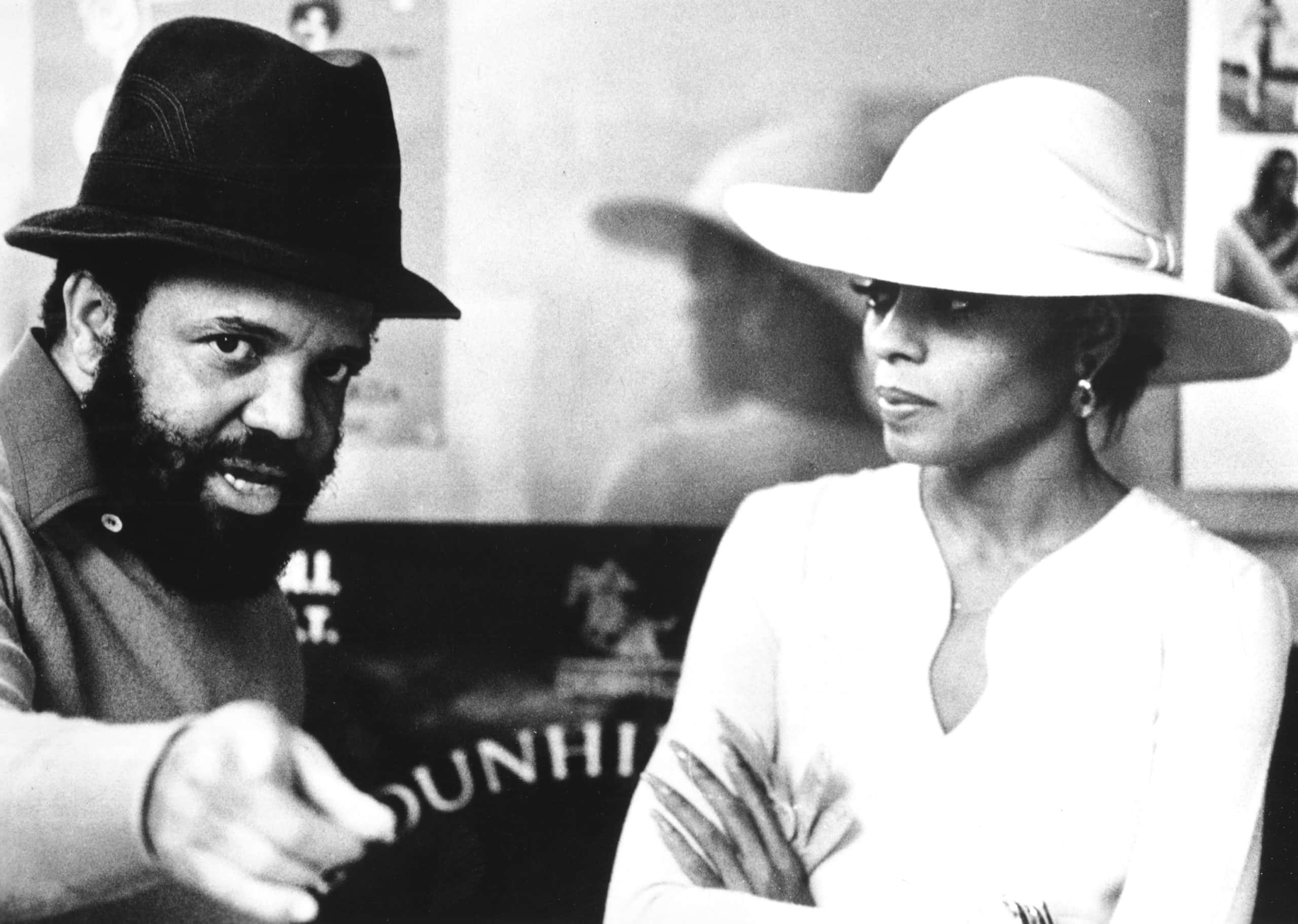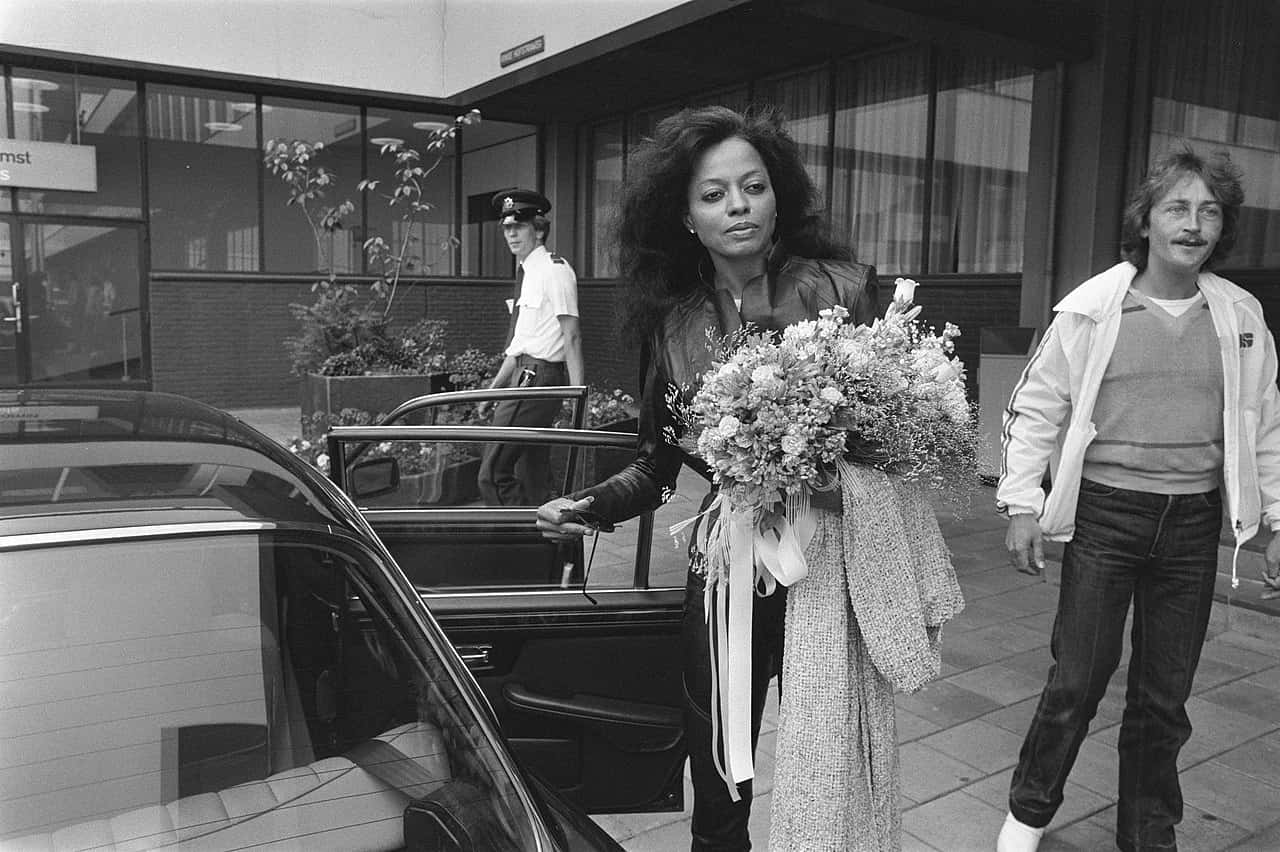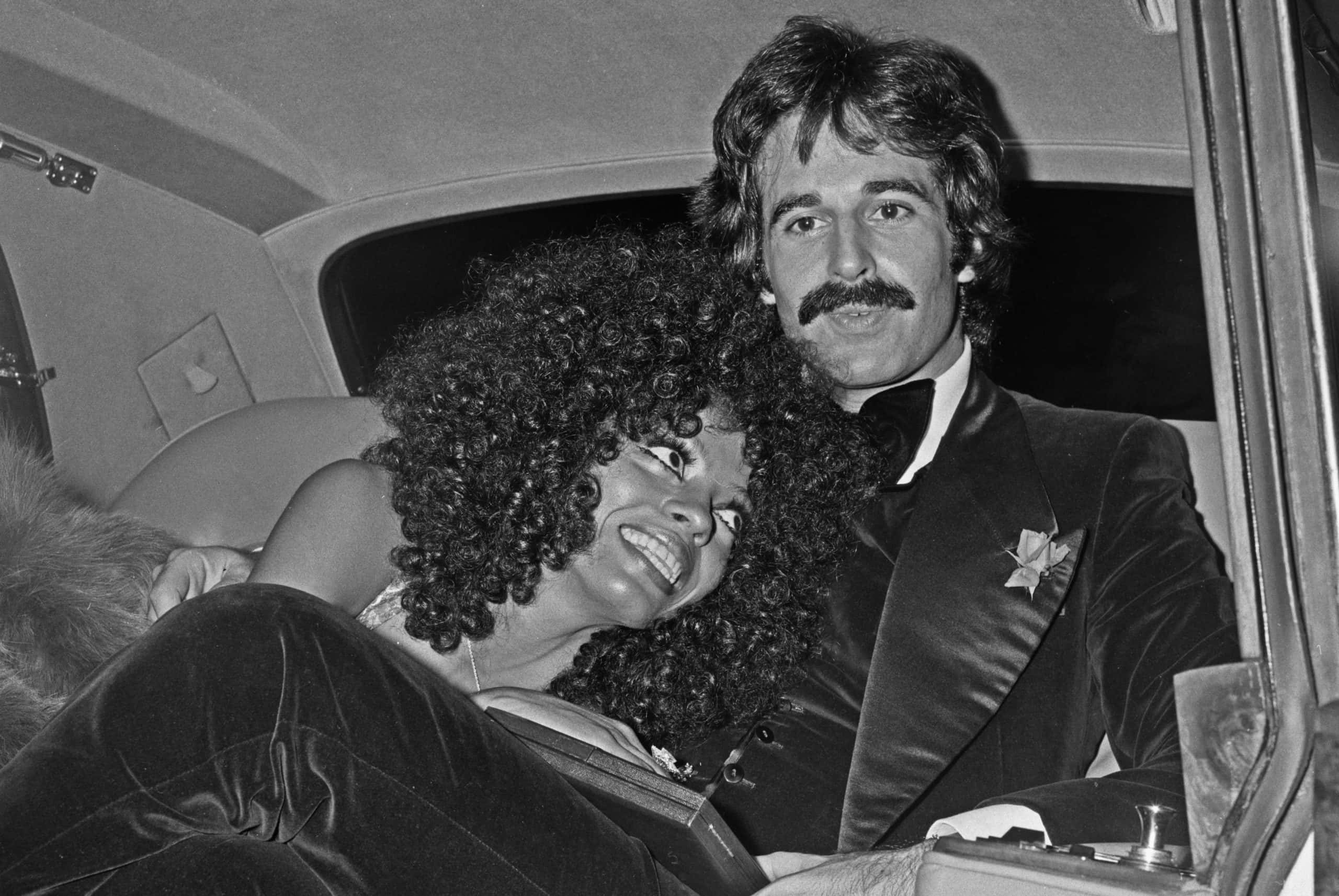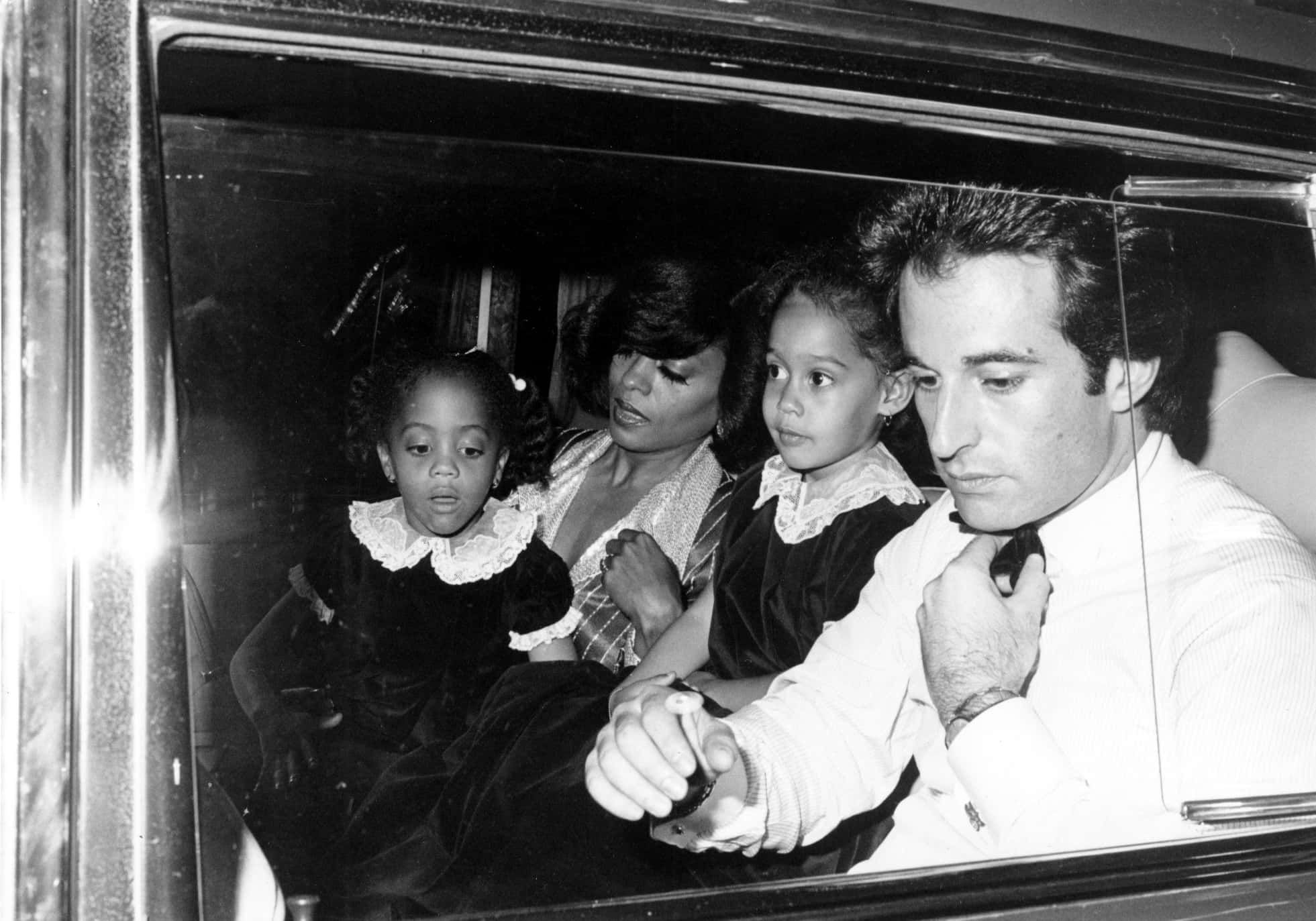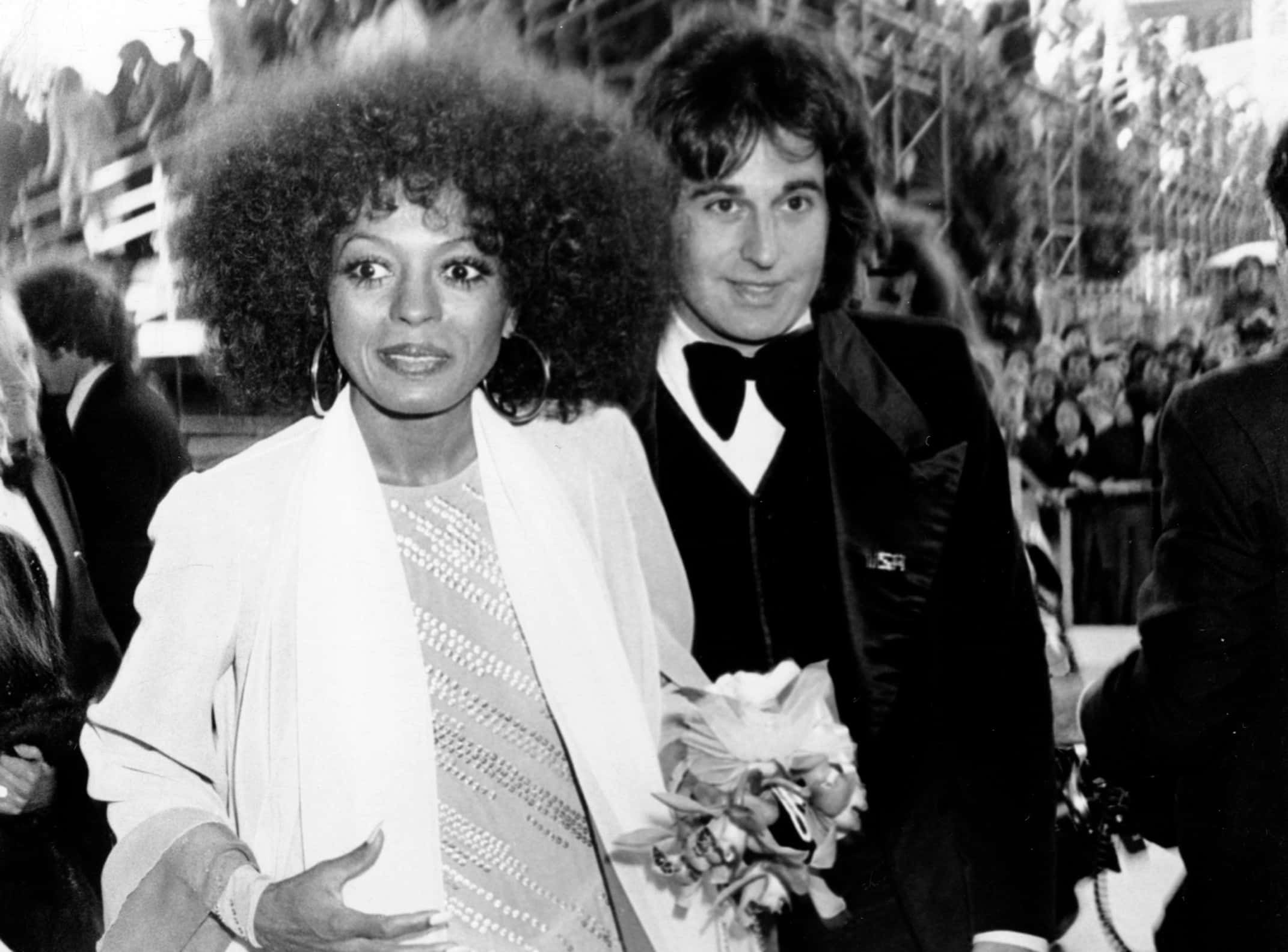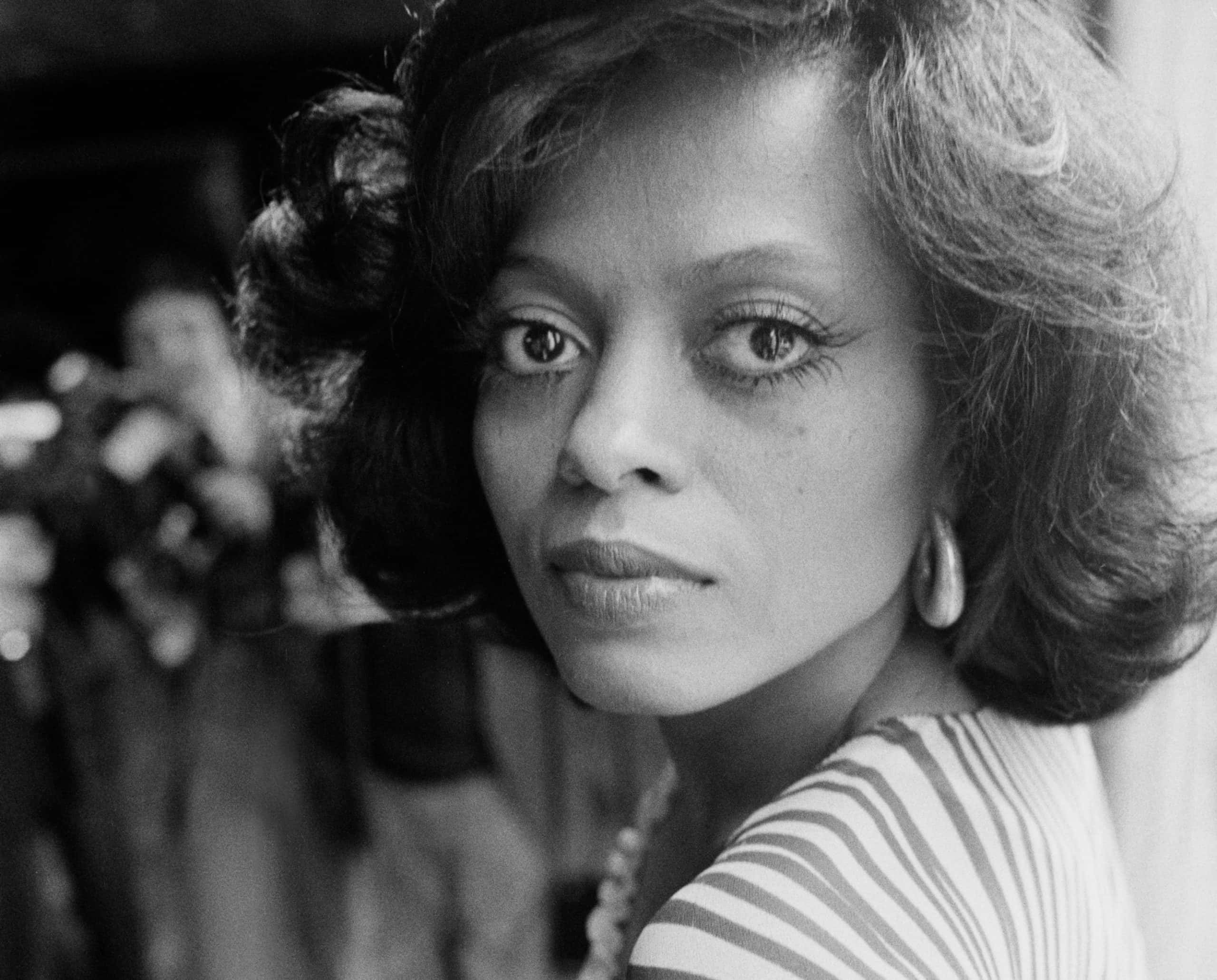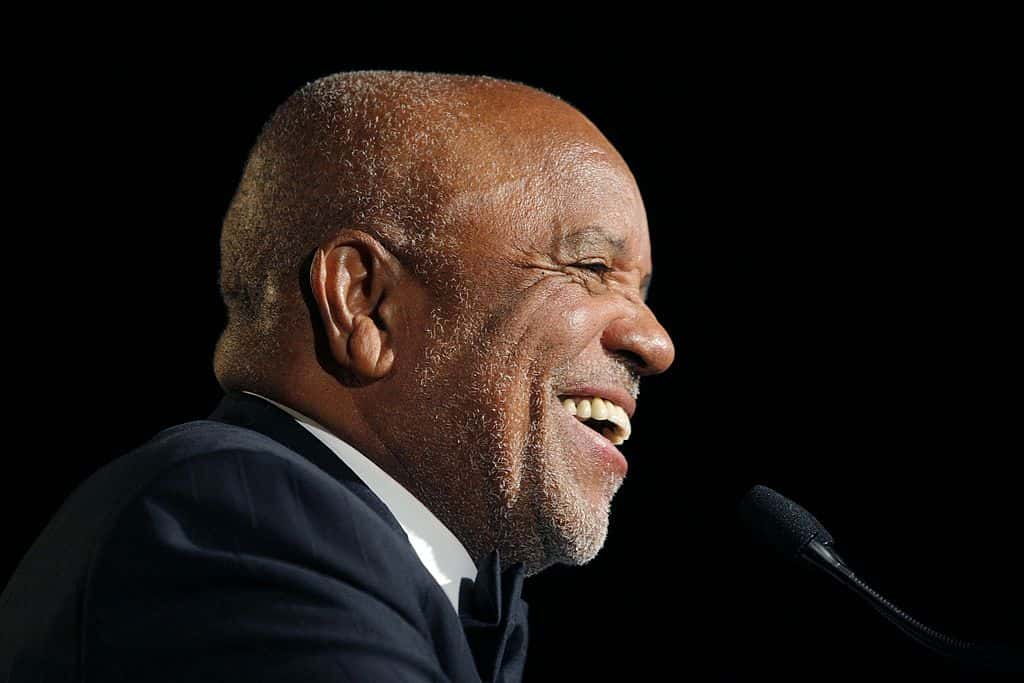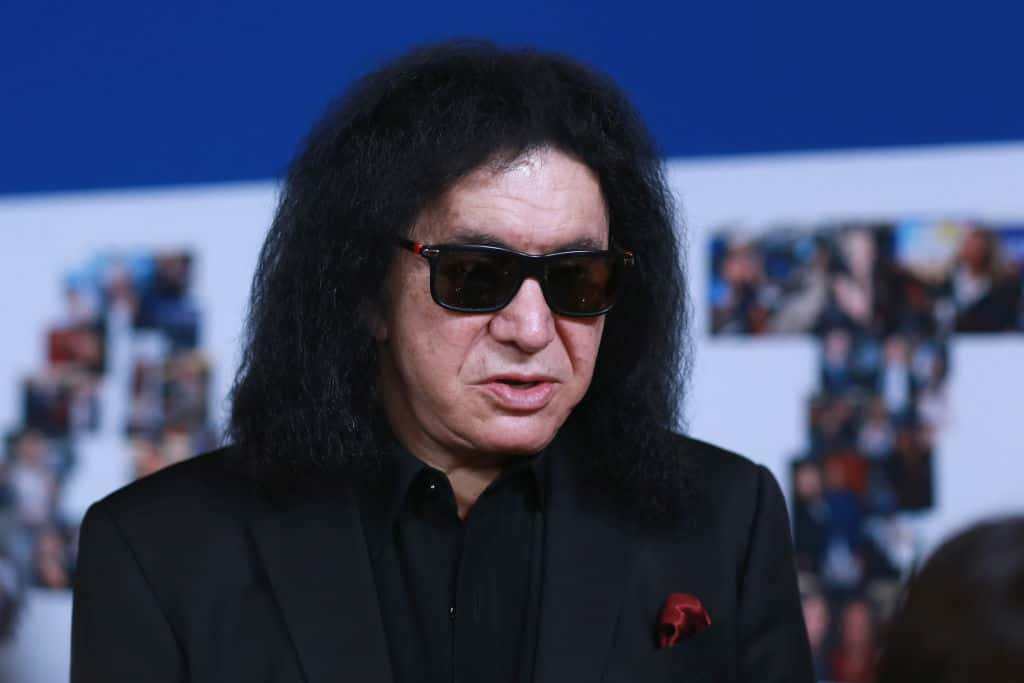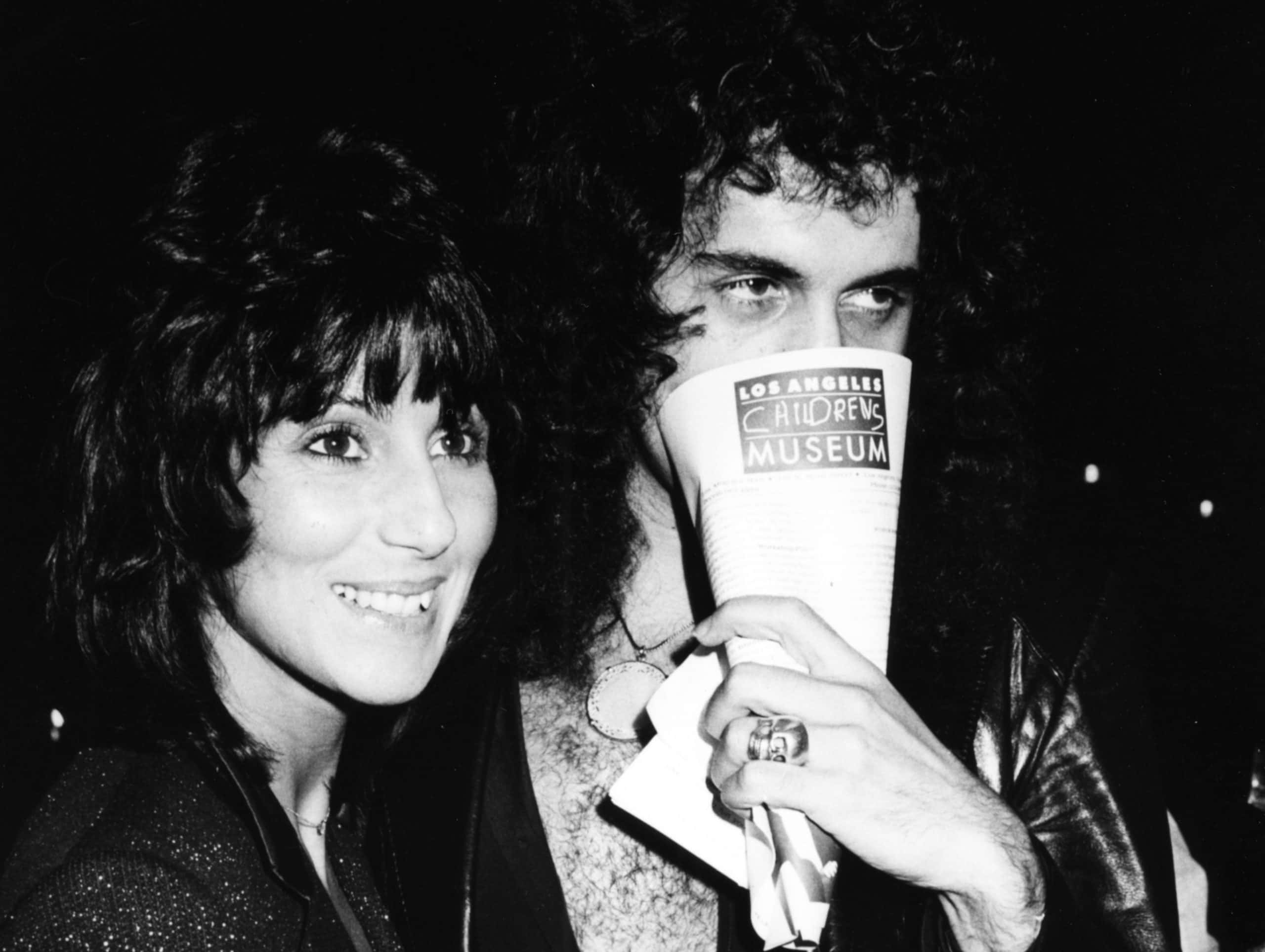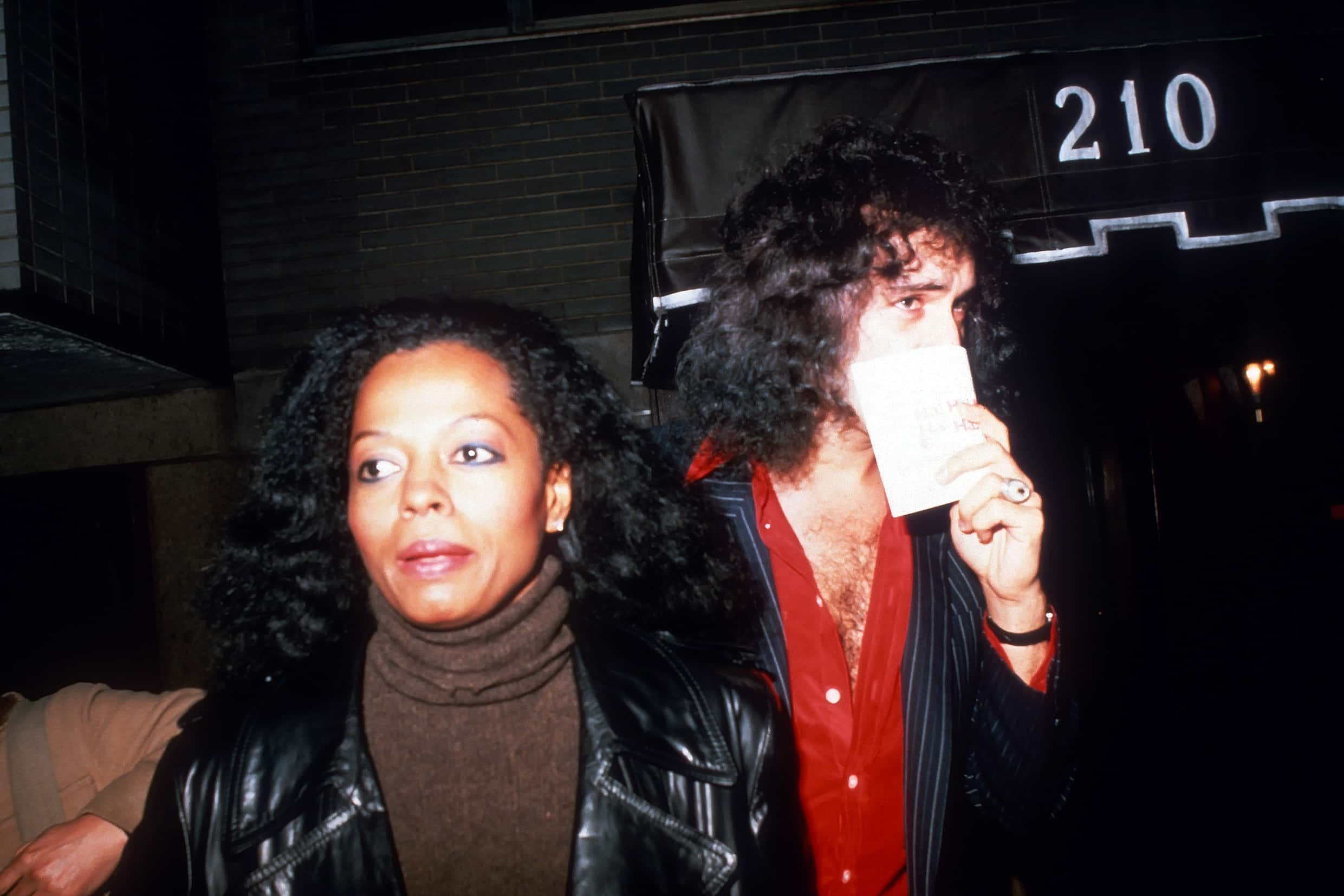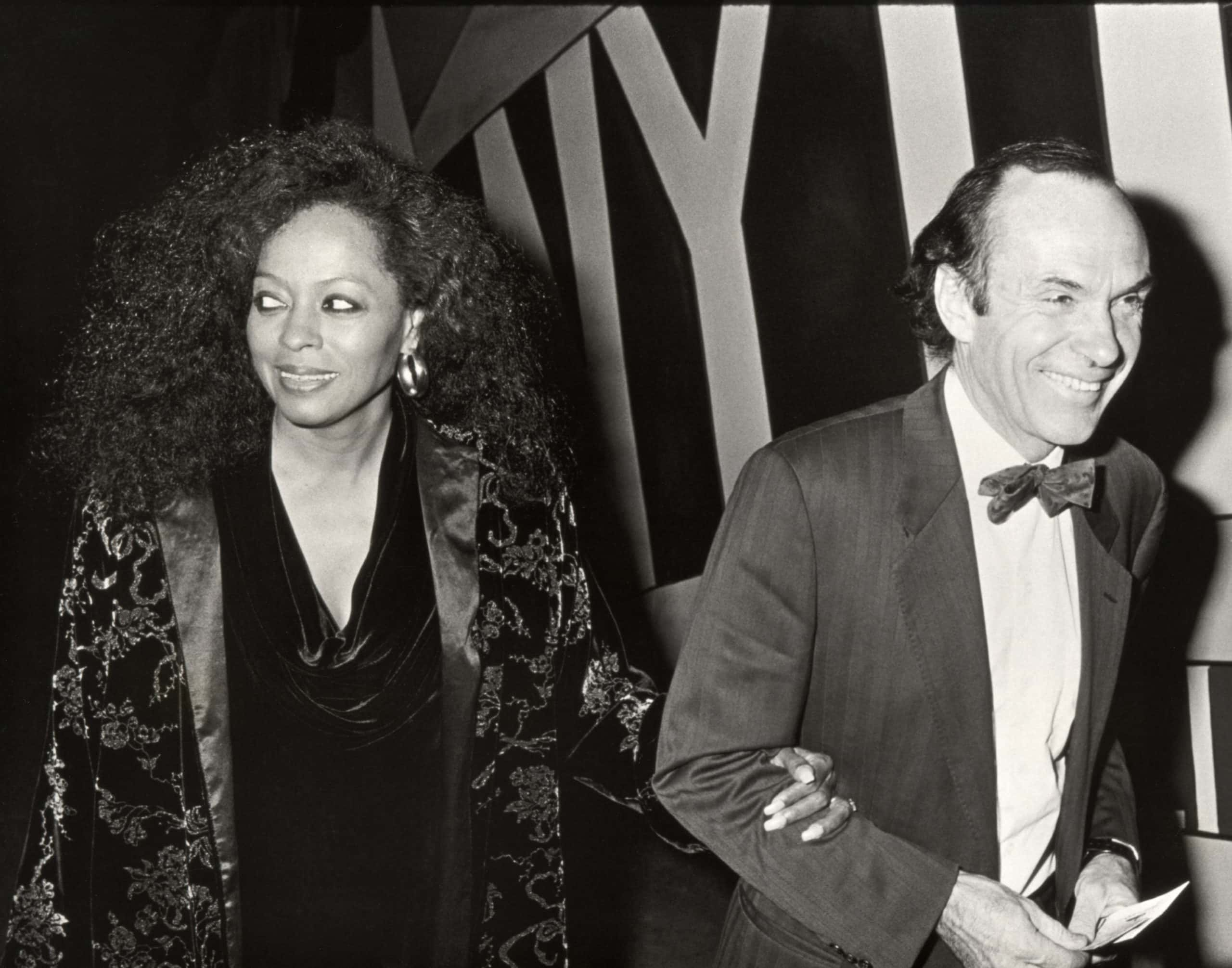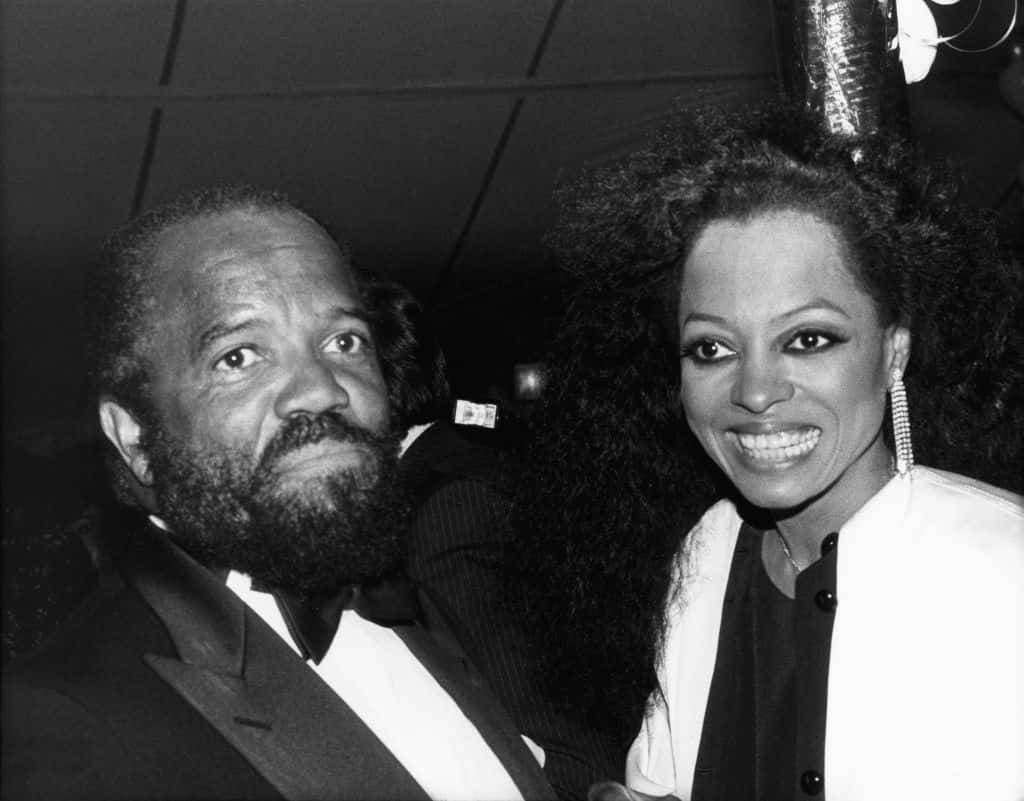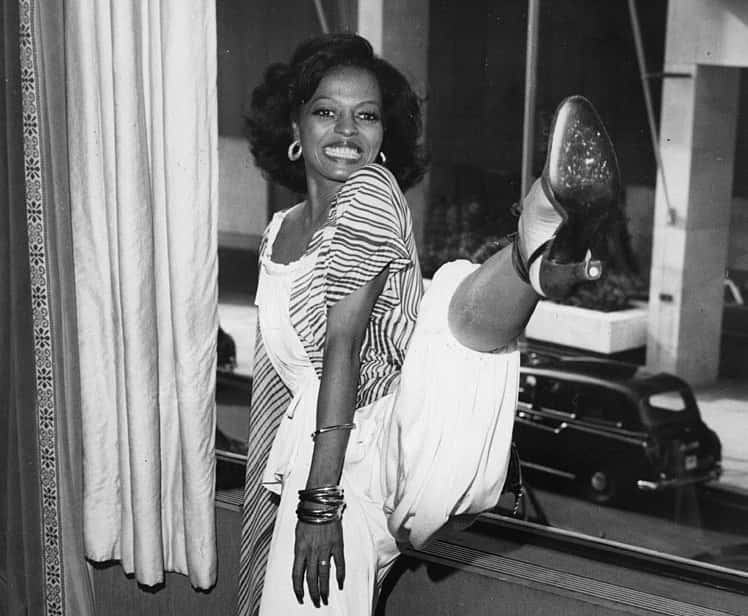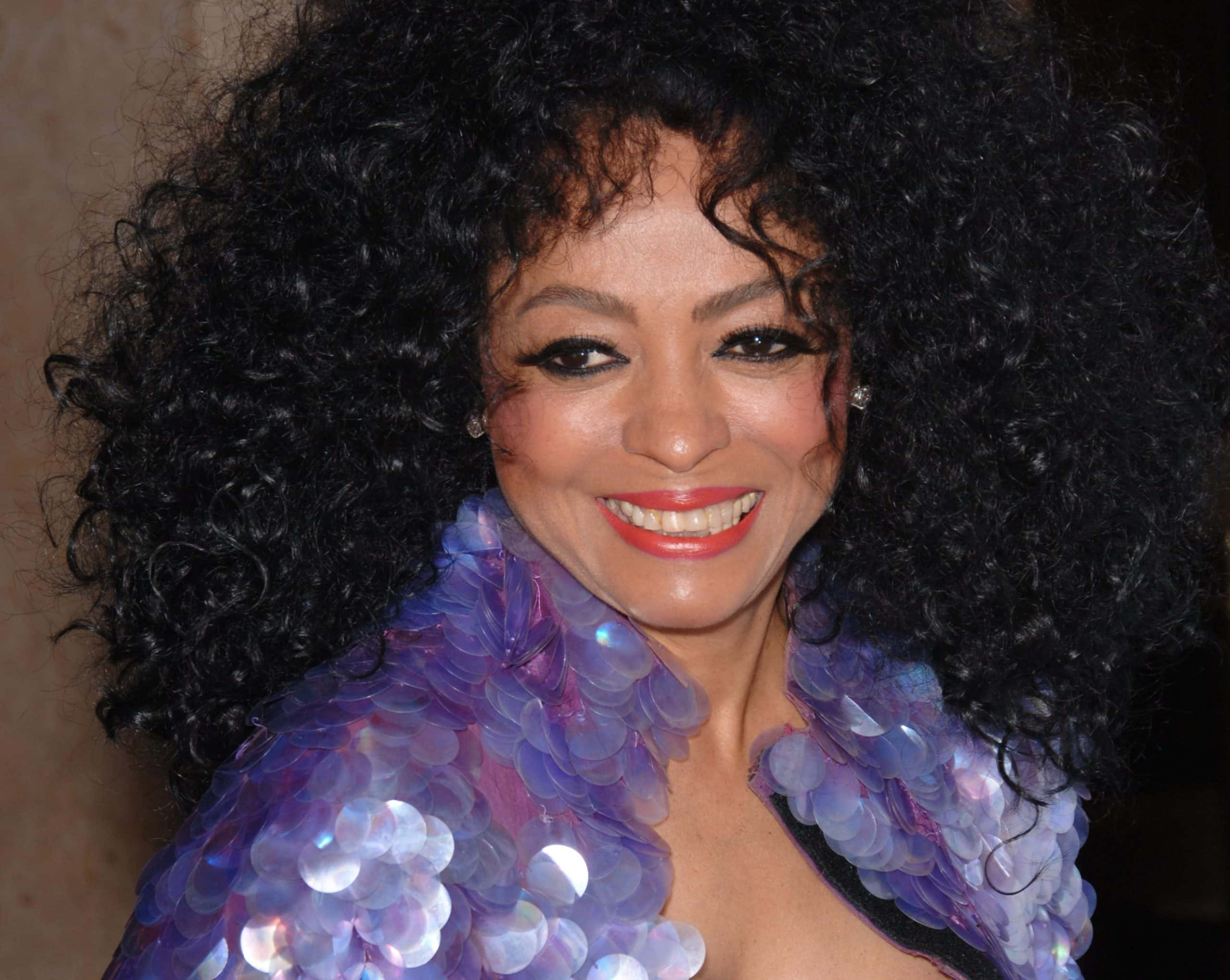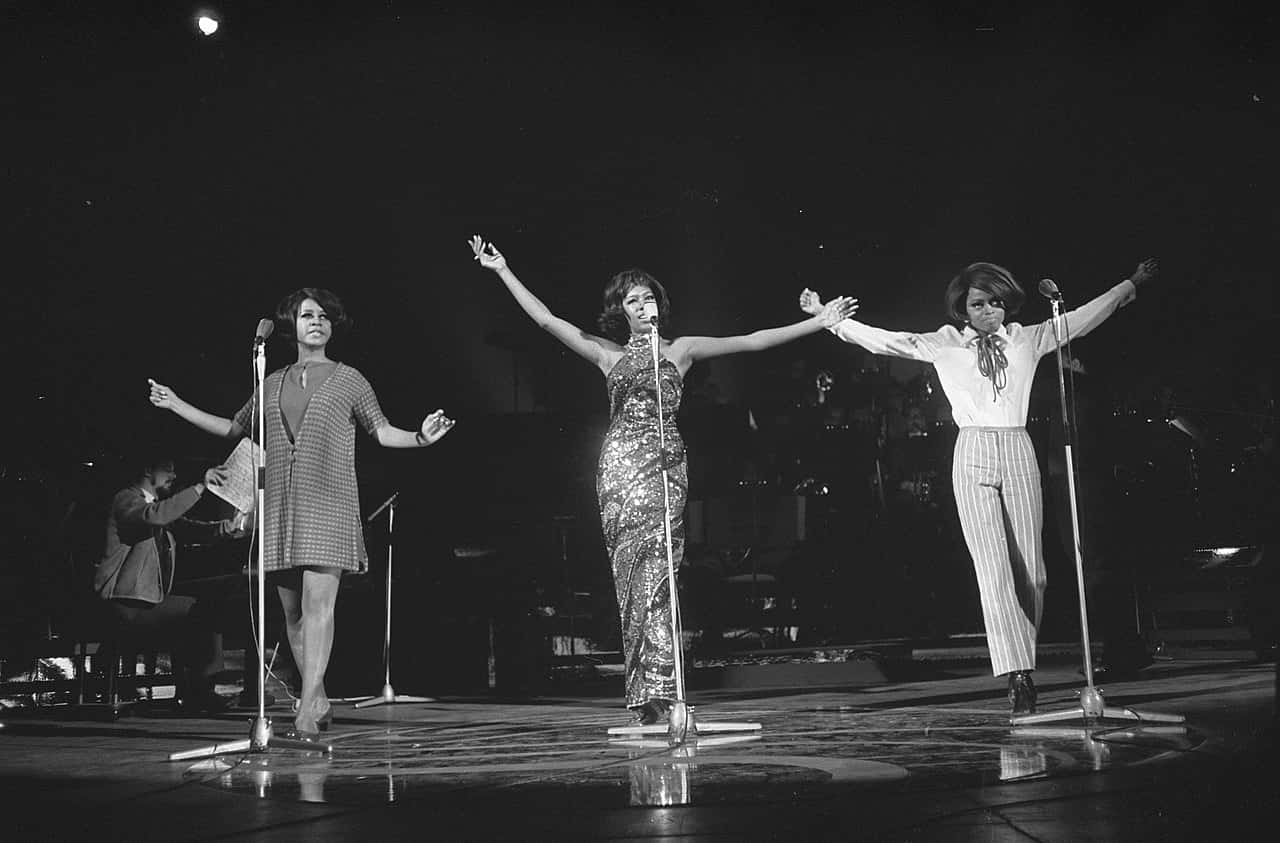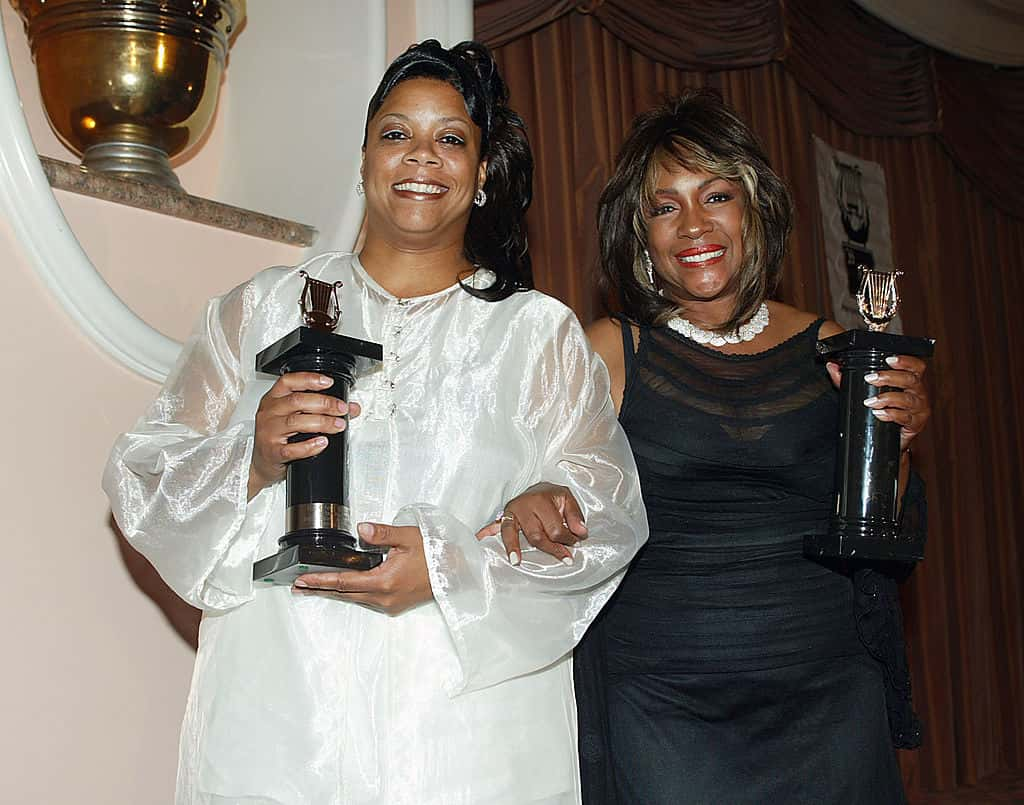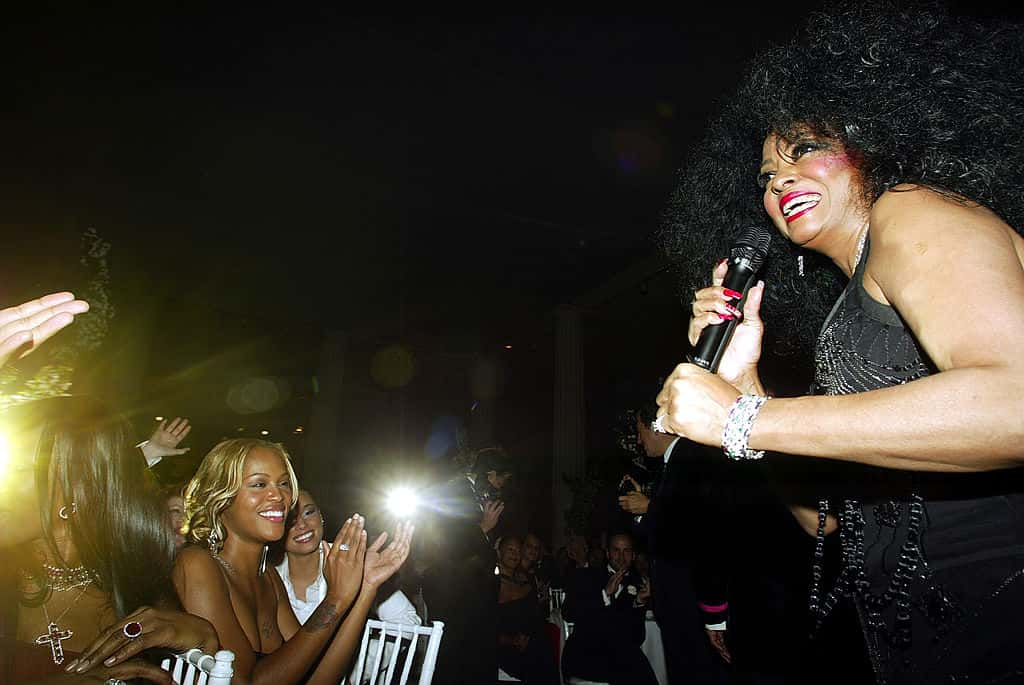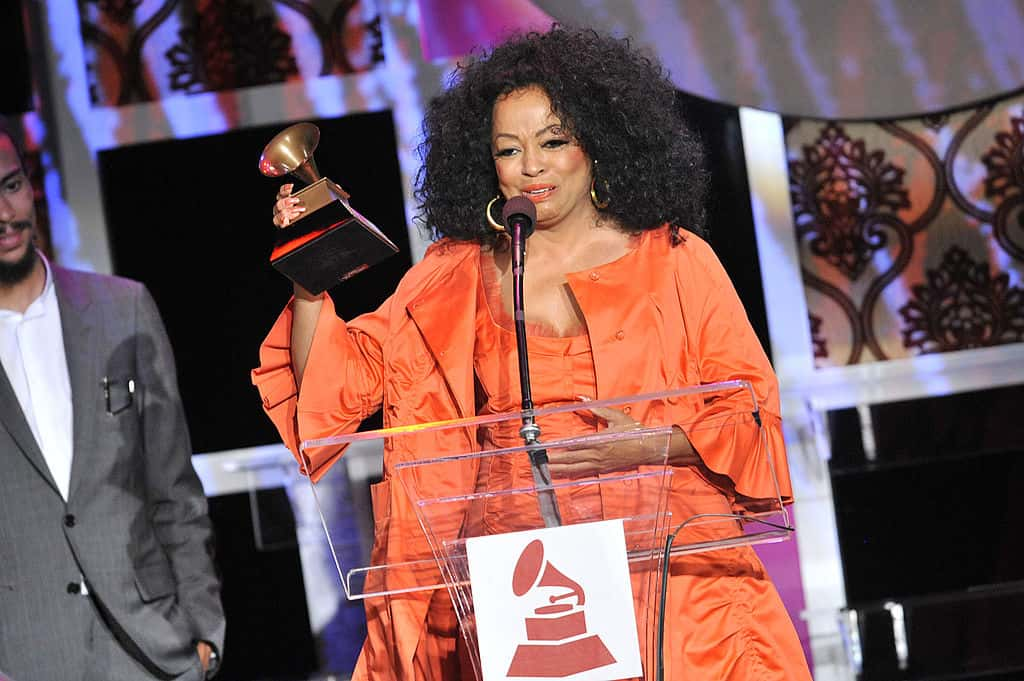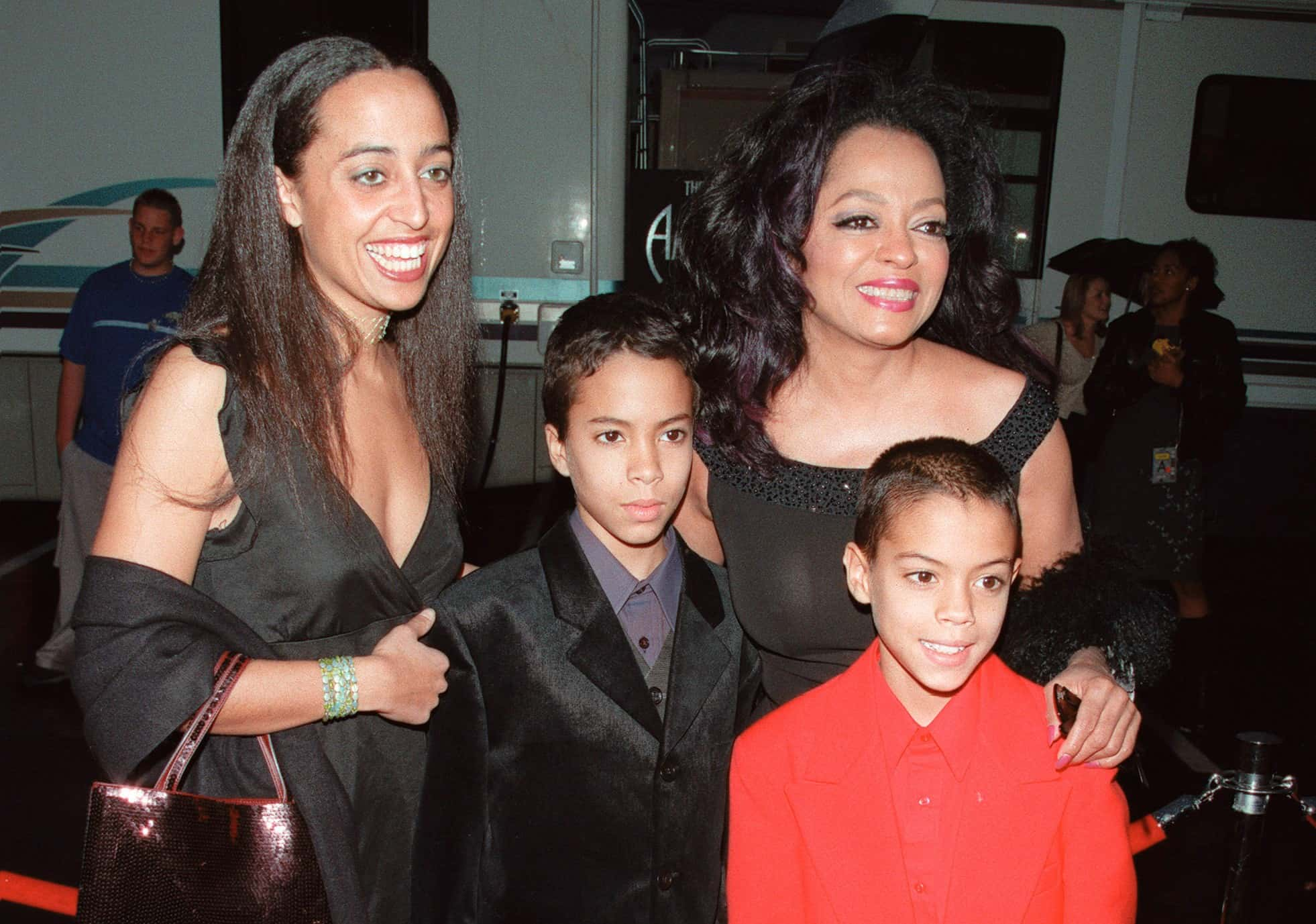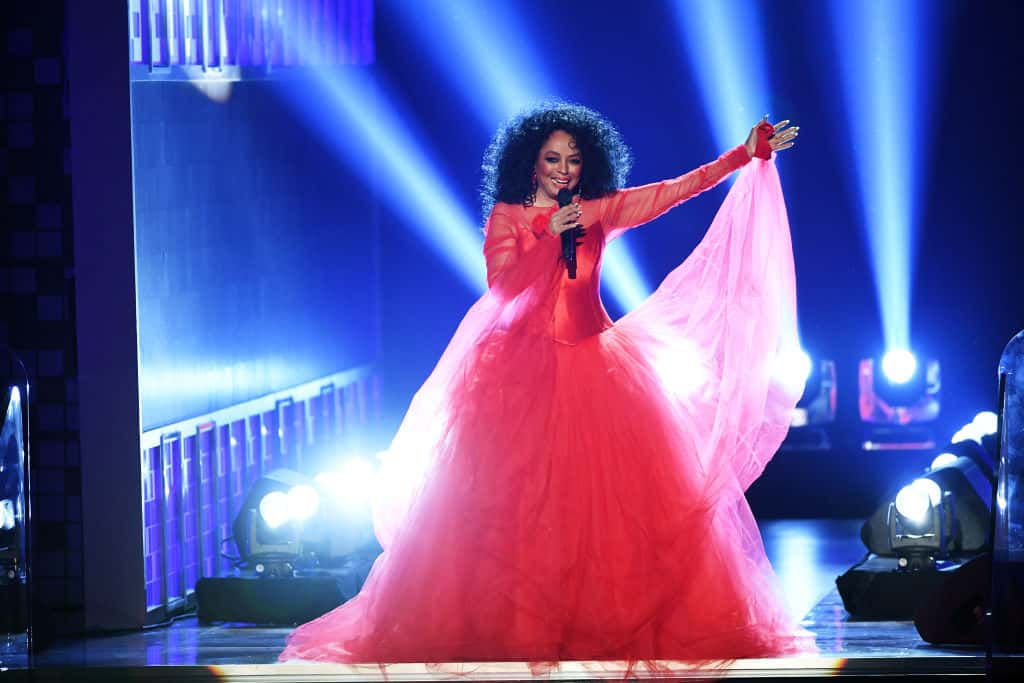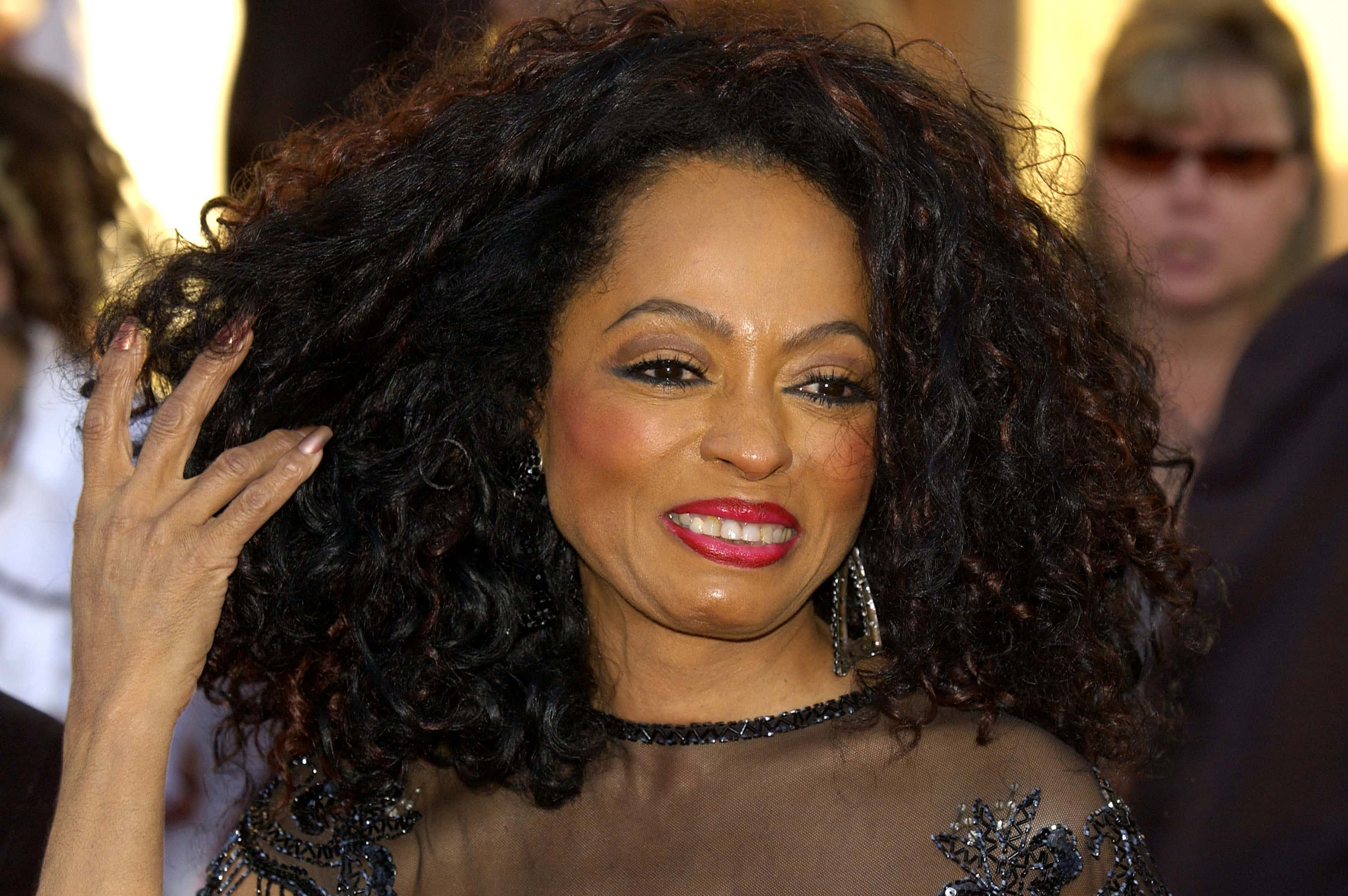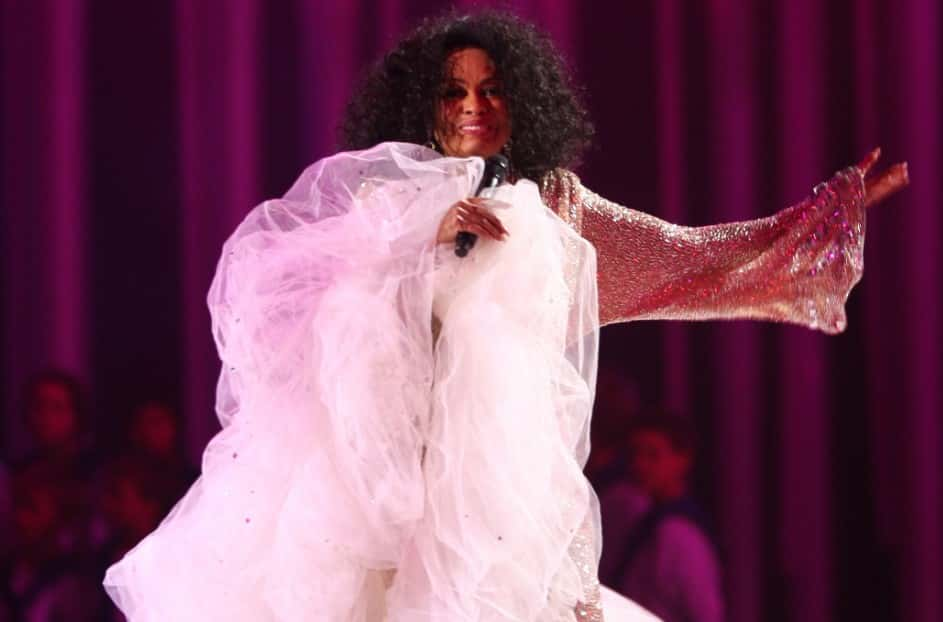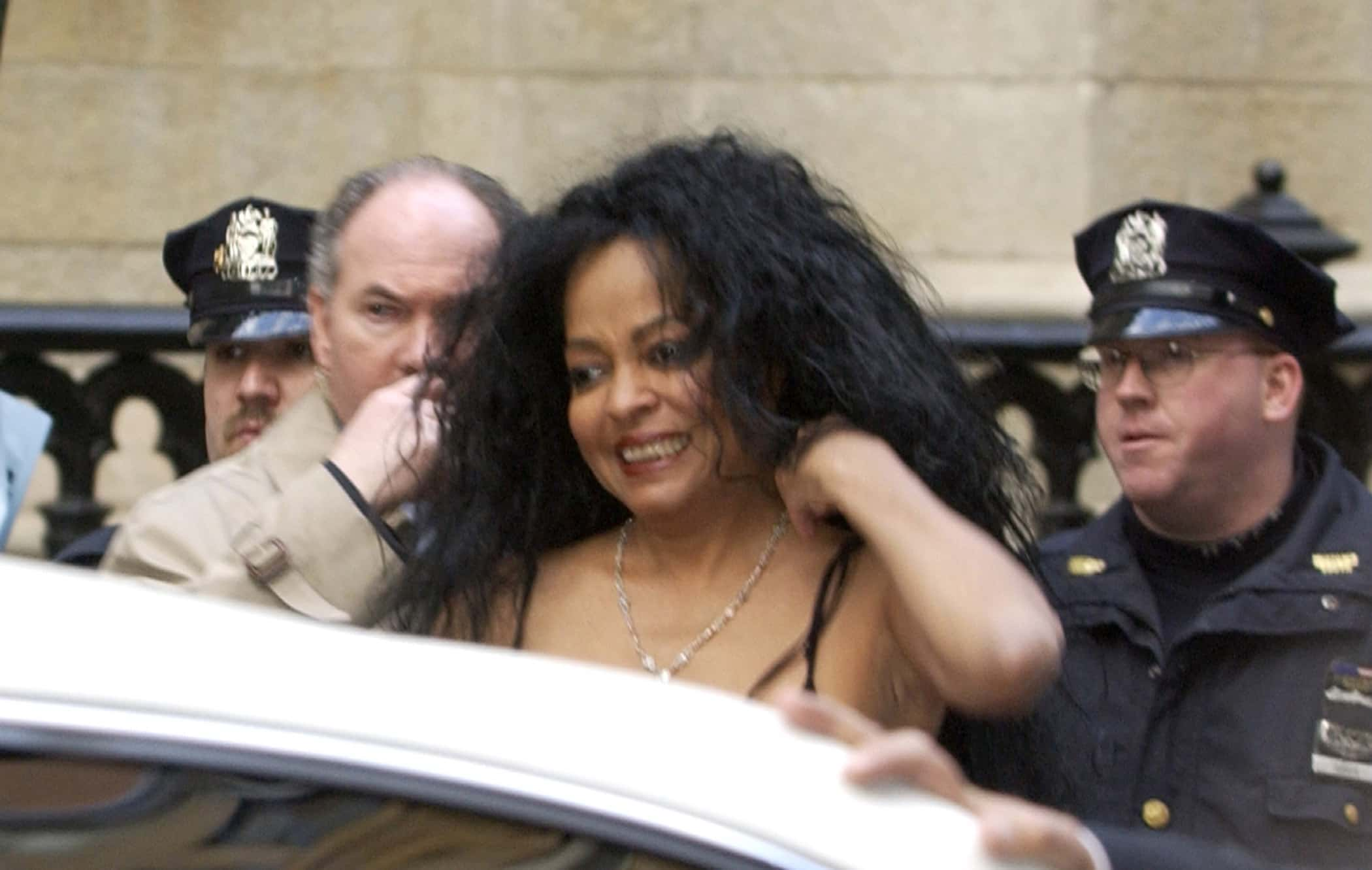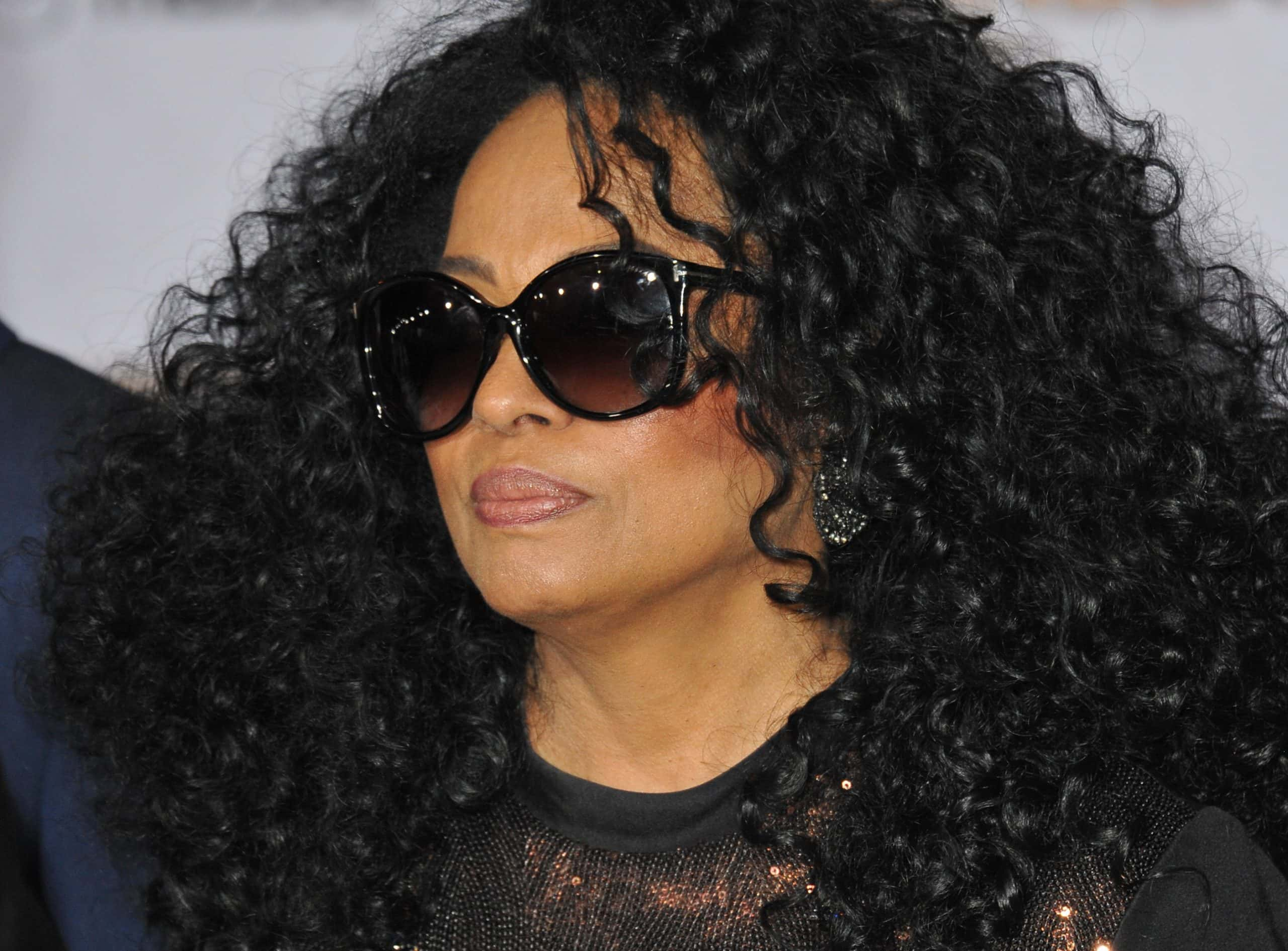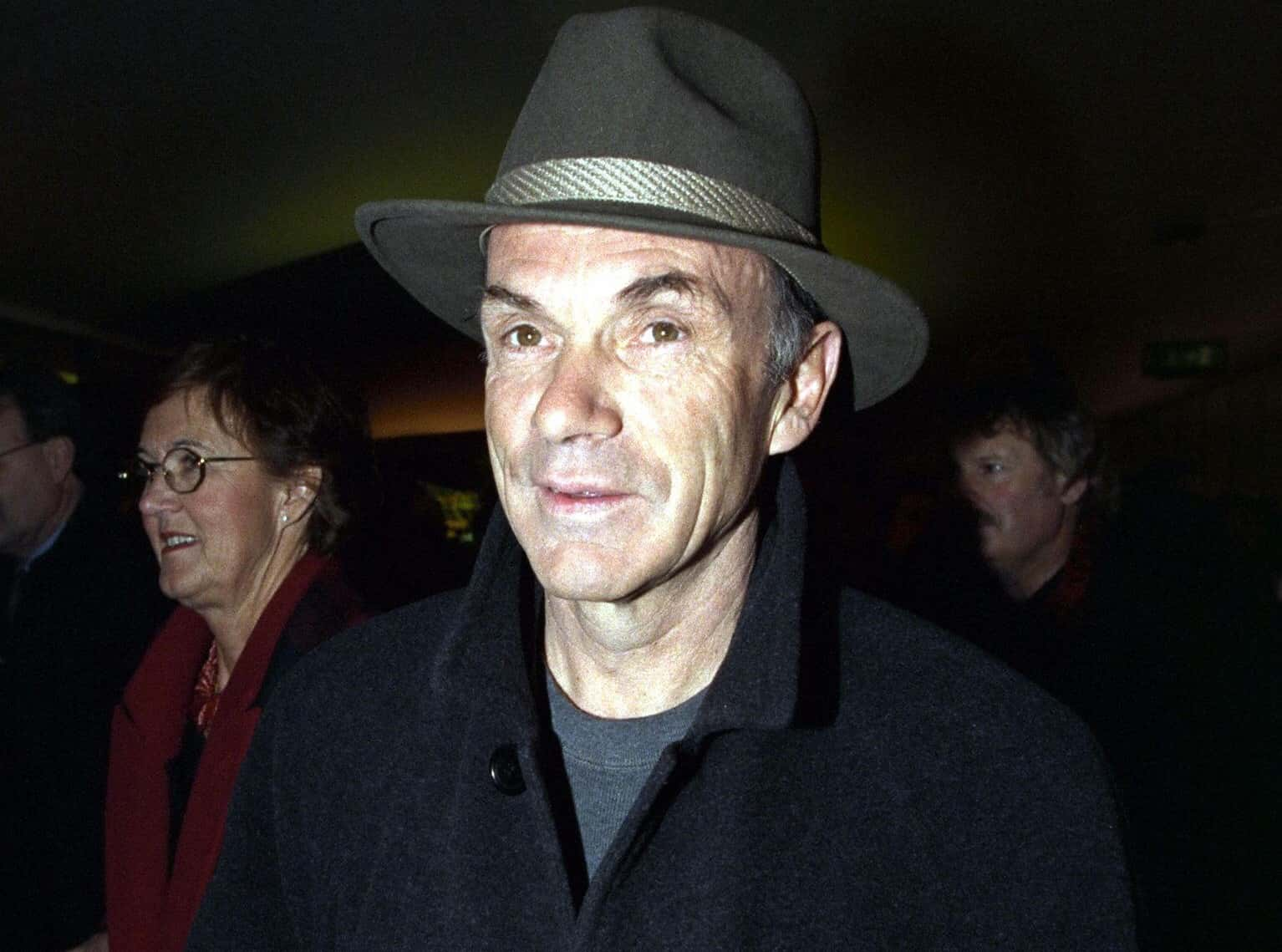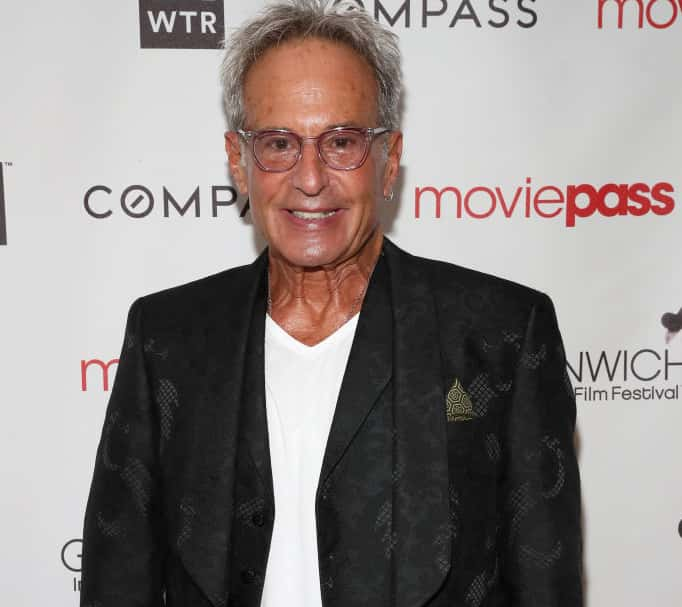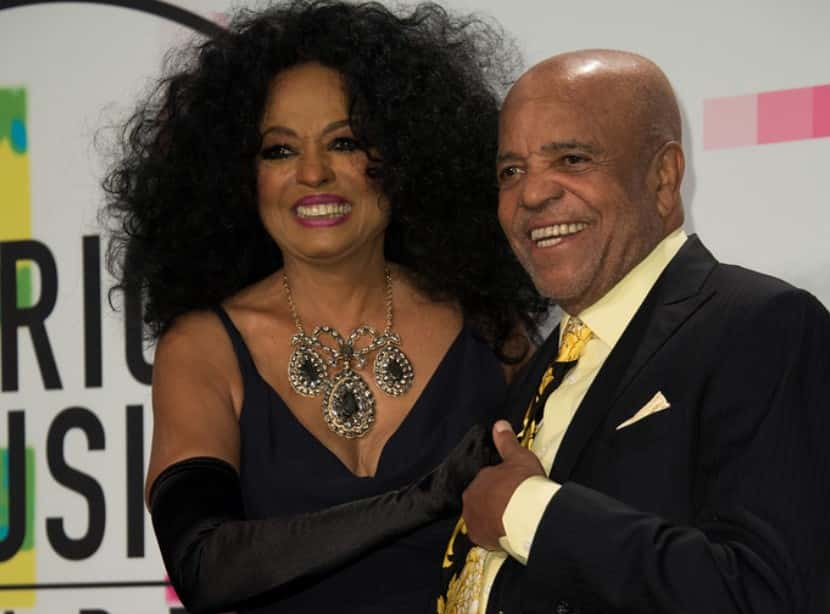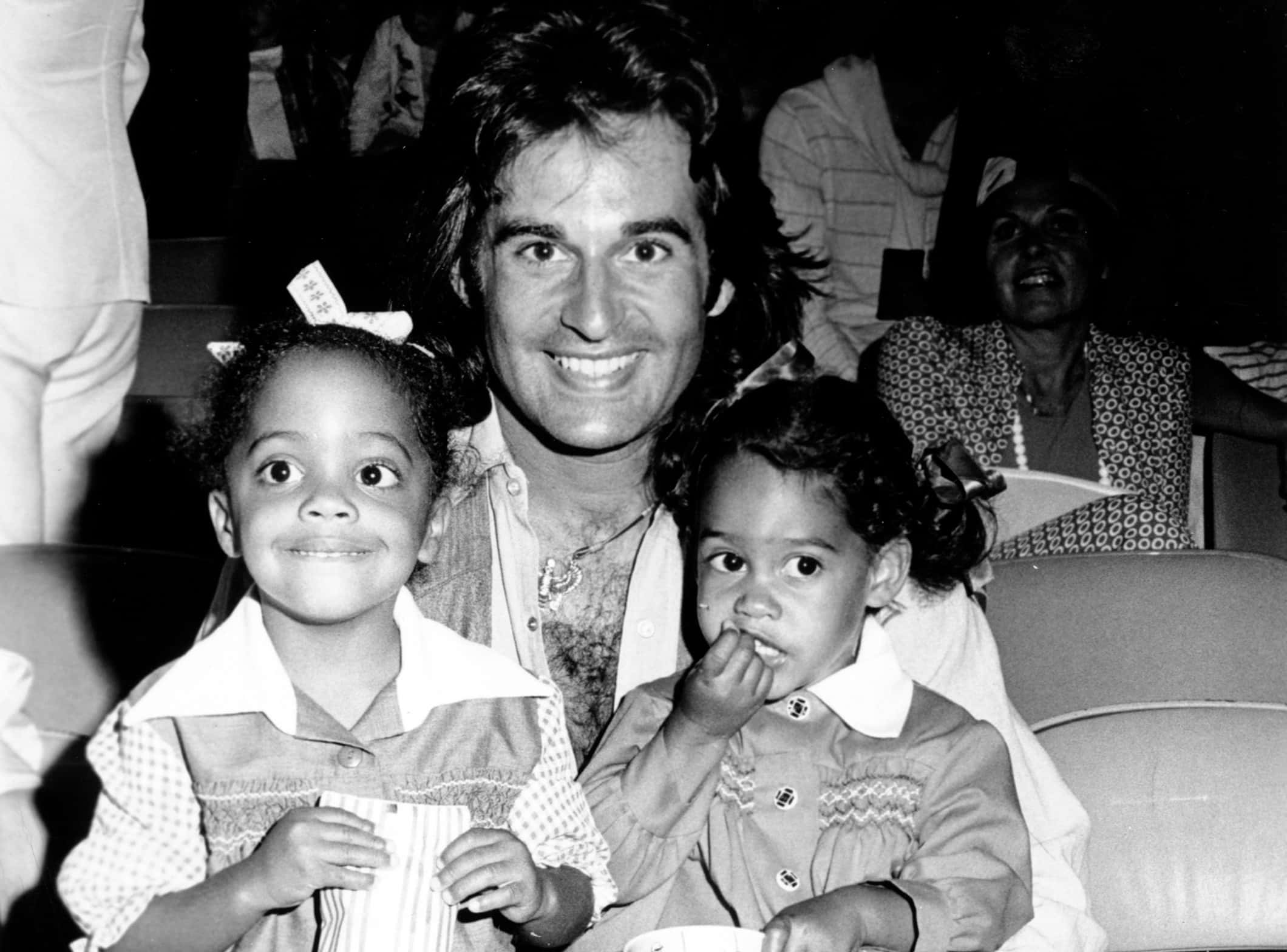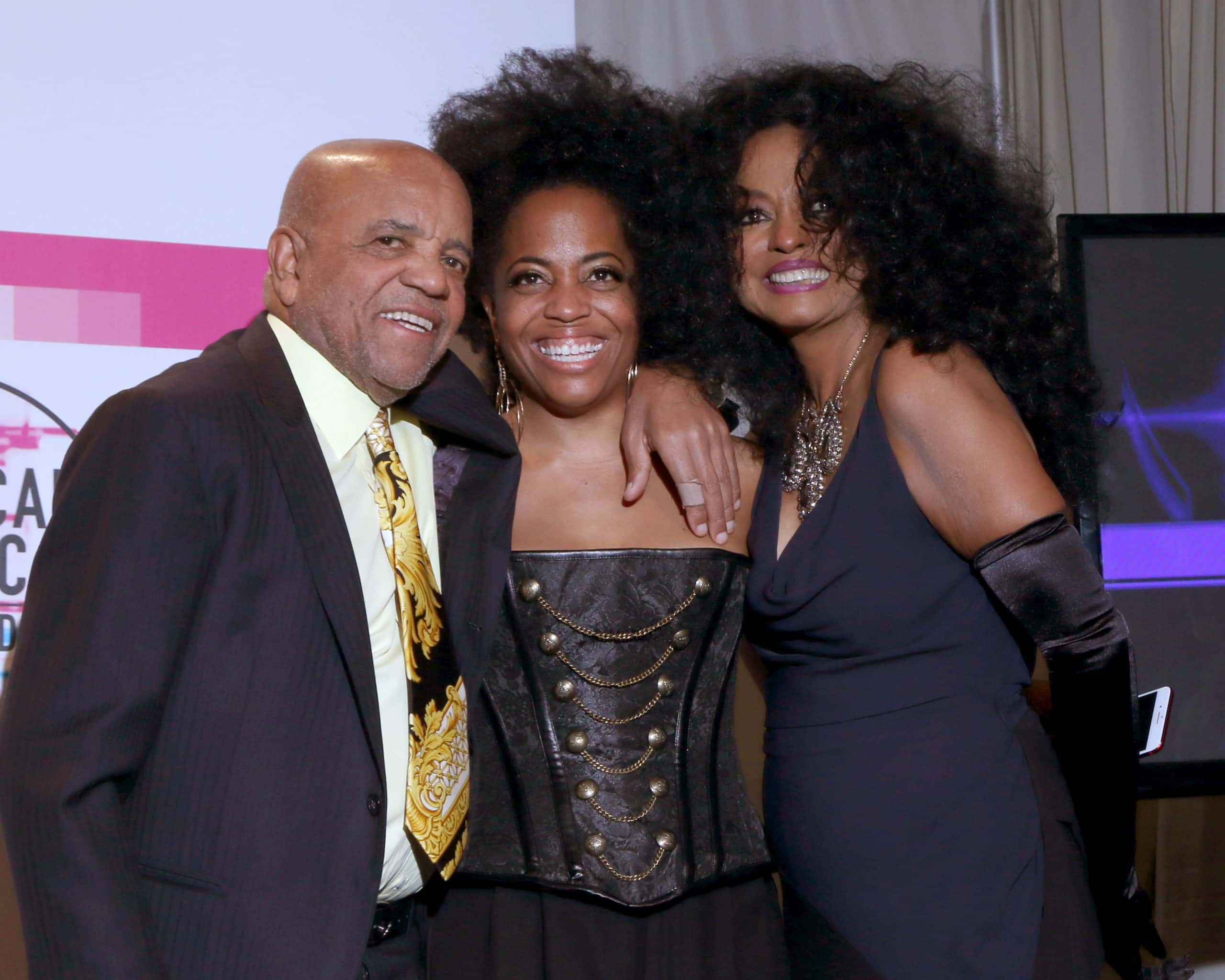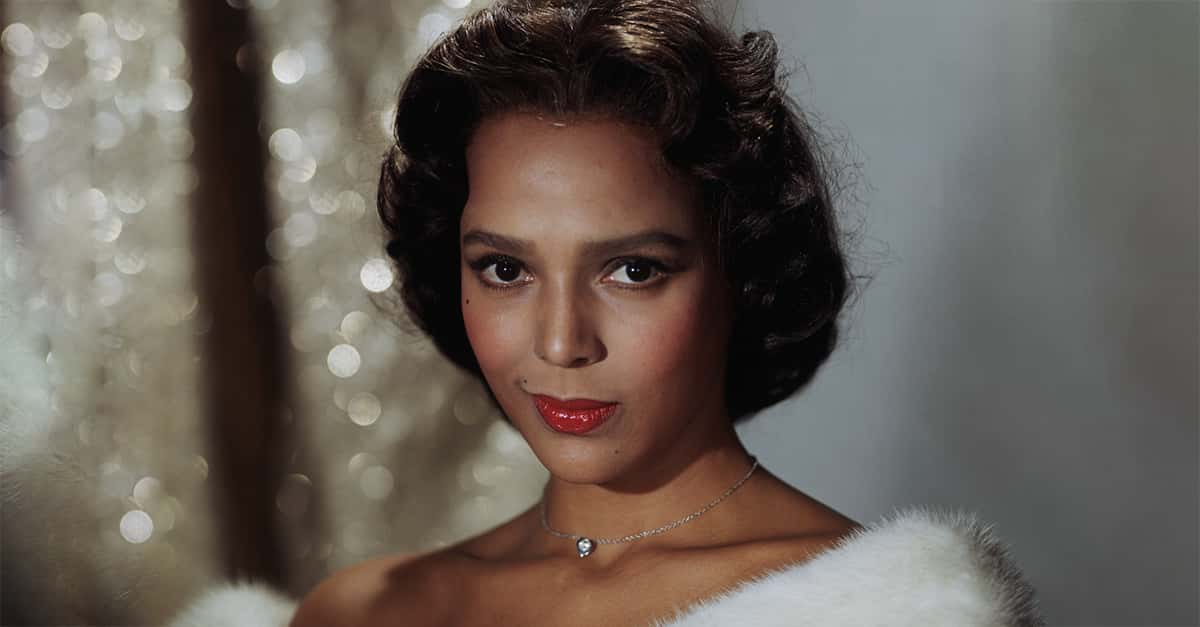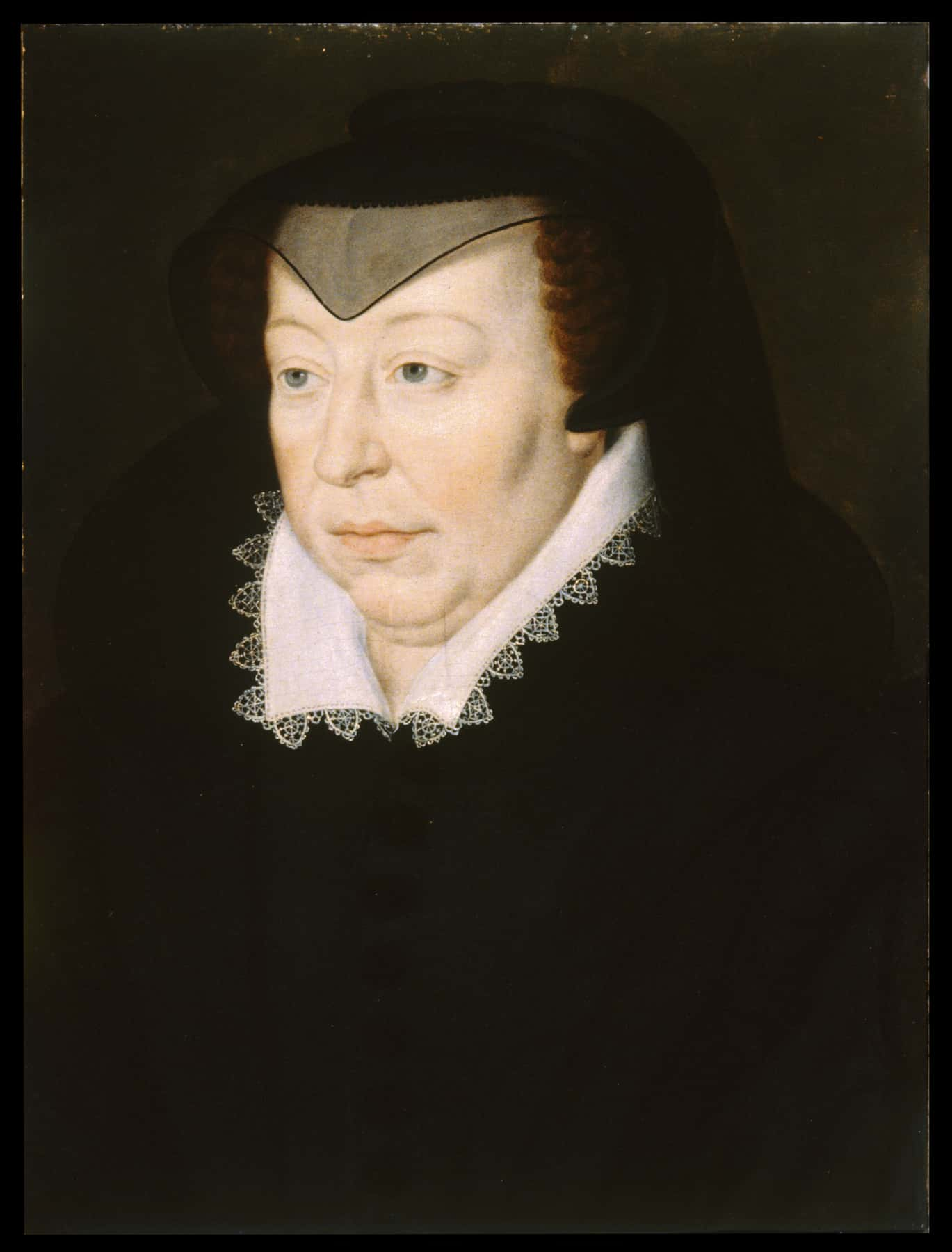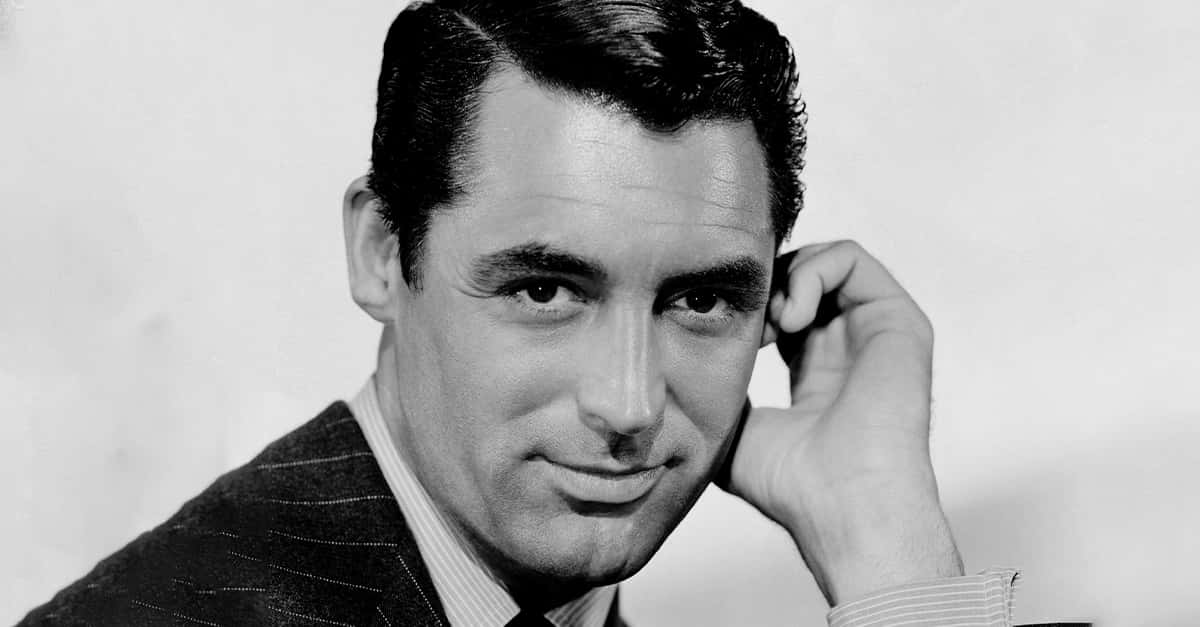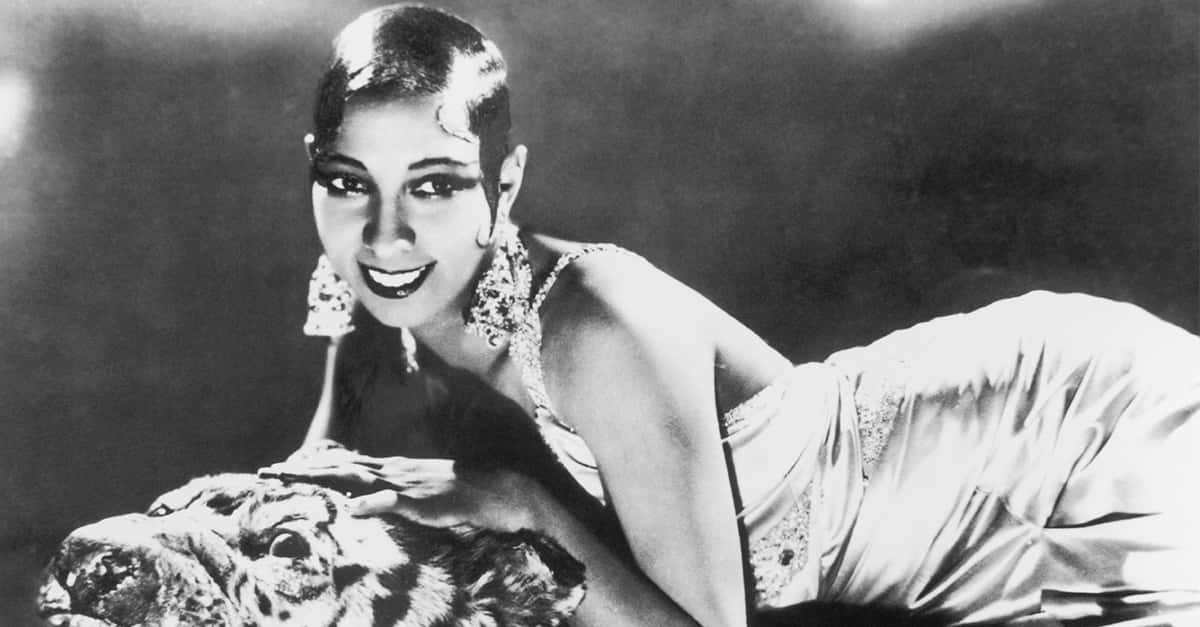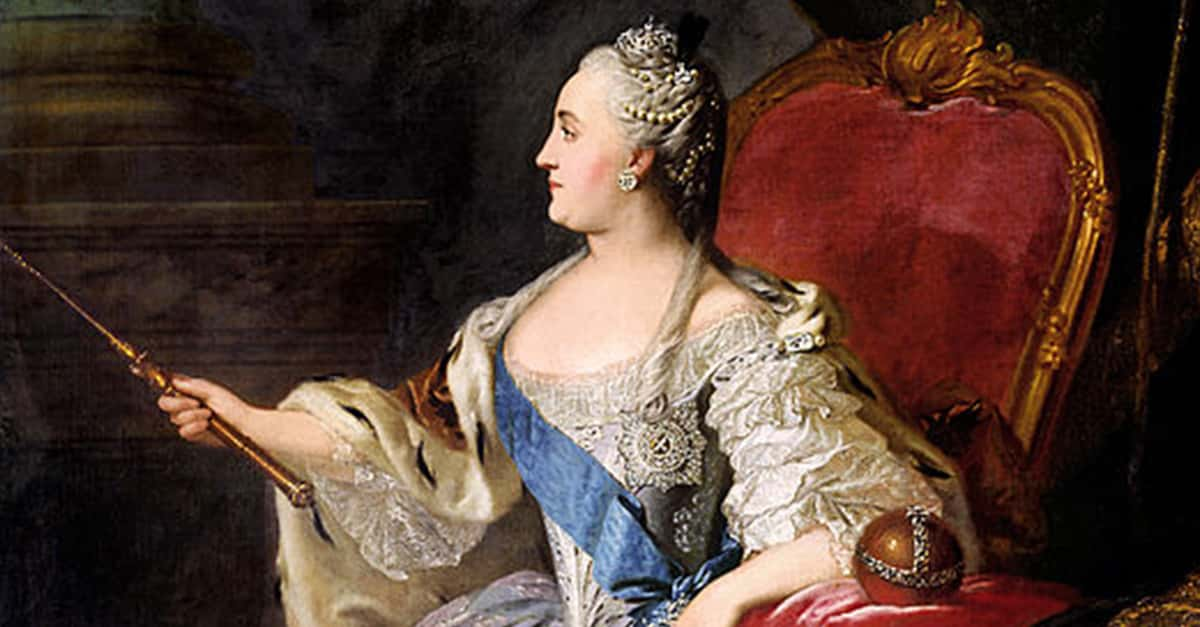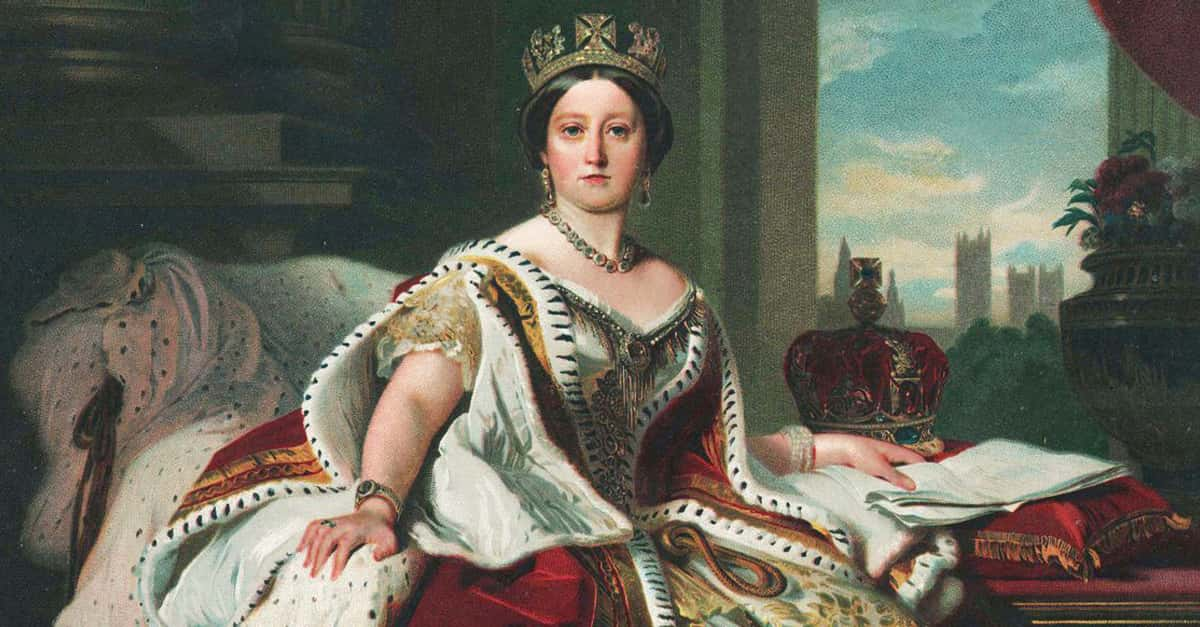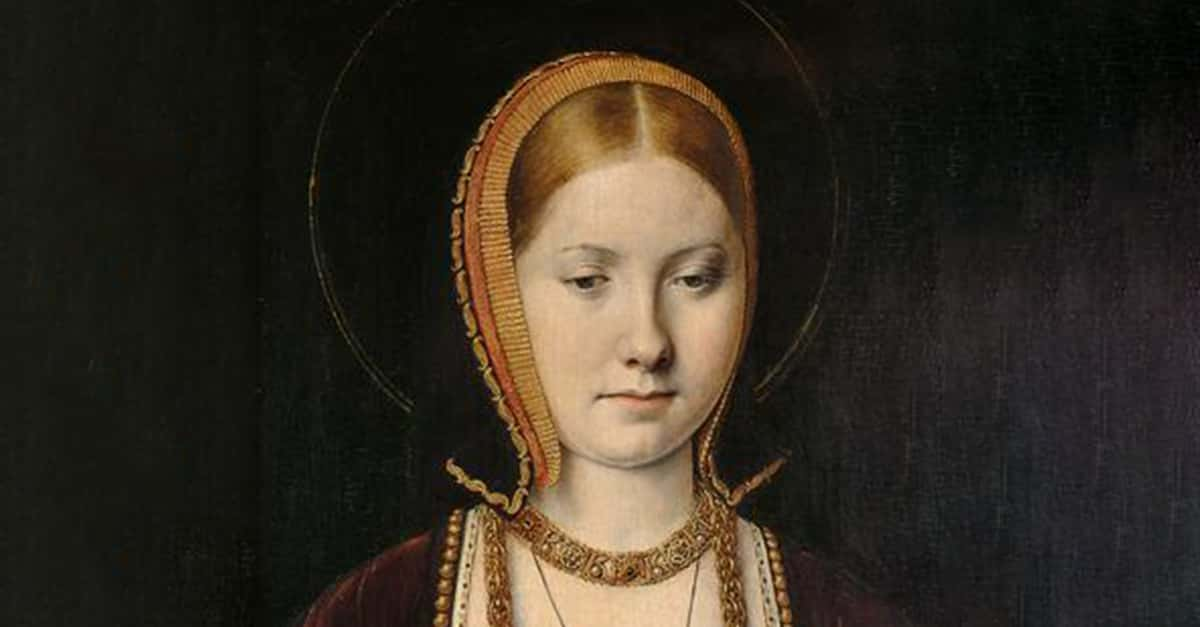It’s no surprise that Diana Ross was Motown’s biggest breakout star. After all, she clearly had the drive to make it to the top…and she wasn’t afraid to step on a few people on her way up the ladder. But no amount of ambition could save Ross from a life filled with scandal and heartbreak behind the scenes—from the shocking affairs and dark secrets, to the dire tragedy that nearly destroyed her.
1. She Was One Of A Kind
Diana Ross—who was actually born Diane—grew up as one of six siblings, but she always made sure she stood out. It was clear from a very young age that Diana was on a path of her own, and that she wouldn’t let anyone get in her way. Unfortunately, she learned the hard way that life doesn’t always bend to your will early on.
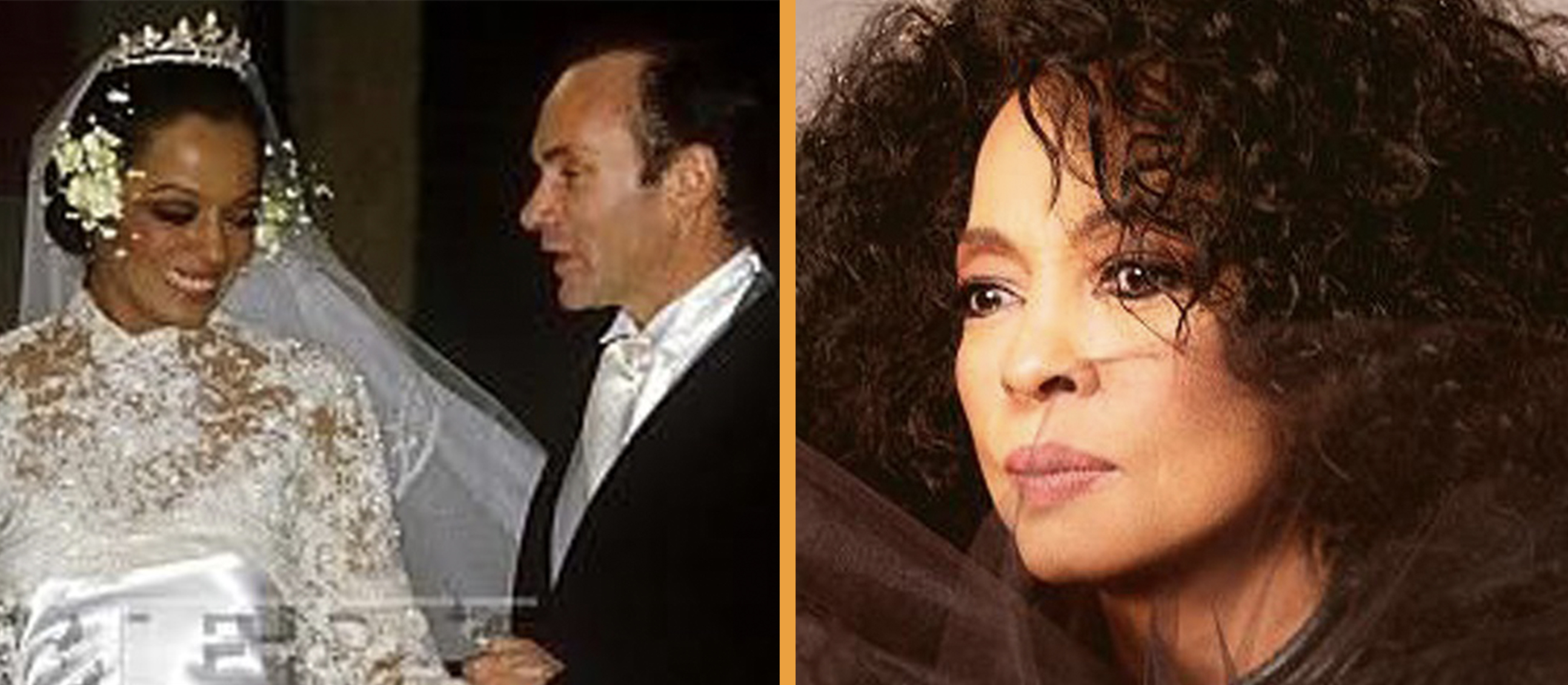
2. She Lost Everything She Knew
Diana Ross’s childhood in the North End of Detroit was like that of any other kid her age—at least, it was, until a brutal catastrophe struck and upended her whole life. When Diana was just seven, her mother fell ill with tuberculosis. It was so bad that Diana’s parents sent her and her siblings to live with their grandparents in Alabama. Though she eventually recovered, Diana’s life was never the same afterward.
3. She Had To Start From The Ground Up
The illness had hit the family hard in more ways than one, and when Diana was 14, her whole family moved into the Brewster-Douglass Housing Projects in Detroit. Despite the less-than-desirable surroundings, there was a bright side. Diana was looking for a way out—and that’s just what she found.
4. She Shifted Her Focus
It turns out that what Diana Ross needed had been right in front of her the whole time. Her neighbors in the Brewster-Douglass complex, Florence Ballard and Mary Wilson, were cooking up a musical act they called the Primettes. They were going to act as a female complement to Detroit singing group the Primes—but they just needed a few more members to complete the group.
Enter Diana Ross.
5. She Drove Them Forward
Ballard, the de facto leader of the group, recruited Diana Ross to join the Primettes. They started performing live around Detroit, and as they gained a following, they knew they had to take things to the next level and make a record. That’s when Diana came up with a plan. One of her old neighbors—and ex-boyfriends—was signed to a new record label in town.
His name was Smokey Robinson. He agreed to make the introduction…on one condition.
6. They Had To Make A Sacrifice
Smokey said he’d get Diana and the Primettes an audition only if they let him recruit their guitarist to play in his band, the Miracles. They went in to meet Motown Records founder Berry Gordy, expecting that it would be their big break. Instead, they were in for a major disappointment.
7. He Rejected Them
Gordy took one look at Diana and the Primettes and told them that they were way too young to sign and that they should come back when they’d graduated from high school. Anyone else would’ve been discouraged—but not Diana. Instead, she and the group basically just hung around the Gordy’s Hitsville USA recording studio, offering to sing backup or clap on record for anyone who needed it.
Eventually, their determination paid off.
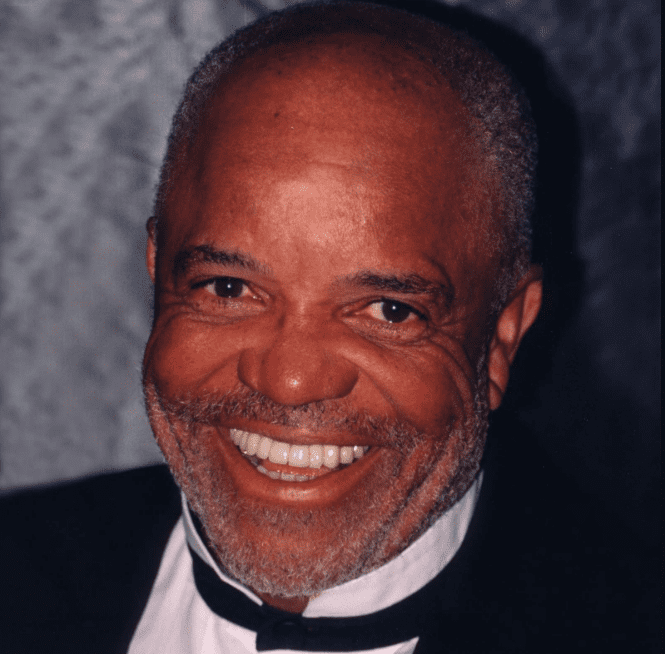 Wikimedia Commons Berry Gordy
Wikimedia Commons Berry Gordy
8. They Failed Spectacularly
By 1961, Gordy had relented and signed the Primettes, under the condition that they change their name. They picked the Supremes from a list that Gordy had presented them, and it was off to the recording studio. They wanted overnight success—but instead, they got a brutal blow. Their first few songs failed to take off, and people at Motown began calling Diana and her bandmates “the no-hit Supremes".
Is that supposed to be clever? Either way, Diana wasn’t about to let her budding career falter.
9. He Changed Their Dynamic
Berry Gordy may have signed the Supremes as a singing group led by Florence Ballard, but when they failed to produce a hit, he made his protégé—Diana Ross—the official lead singer. Soon after, they recorded what would be their very first hit single, “Where Did Our Love Go”. A string of other hits followed, as did massive, worldwide success—and, to top it all off, a healthy dose of drama.

History's most fascinating stories and darkest secrets, delivered to your inbox daily.
10. She Was His Favorite
From the moment that a 16-year-old Diana Ross walked into the Motown offices for the first time, she had a complicated relationship with her boss and mentor, Berry Gordy. She saw him as the man who could make all her dreams come true—but that professional relationship soon crossed the line. Diana, still young and impressionable, fell hard for Gordy, despite one large and looming problem.
11. She Wanted To Be More Than His Protégé
Diana Ross may have been falling for Berry Gordy—but unfortunately for her, he was married. Still, Diana wasn’t one who ever really took the word “no” seriously. She watched and waited as he moved through one doomed marriage and a handful of torrid affairs. Finally, in 1965, five years after they first met, it happened. Diana dove headlong into a love affair that would nearly destroy her entire life.
12. They Used Each Other
Their affair fit into a tired stereotype—the older, powerful executive taking advantage of the young and impressionable starlet. However, according to one of Ross’s biographers, there’s a lot more to their story than that. He claimed that Ross was already using her, ahem, feminine charms to get ahead.
13. There Were Scandalous Rumors About Her
According to biographer Mark Ribowsky, Diana Ross engaged in relationships with both R&B star Smokey Robinson—the ex-boyfriend she knew from her early days in Detroit—and producer and songwriter Brian Holland in order to get ahead in the business. Whether or not that is true, one thing is clear: Diana’s ambition knew no bounds.
14. She’d Do Anything To Get Ahead
Diana Ross was born driven, but her desperate ambition had a chilling dark side. When the Supremes were only three hungry teens trying to make it in Motown, Ross committed an utterly cold-hearted betrayal. During early Supremes shows where the group went on before headliners, Ross would study the routines of the later bands.
They would then perform them move-for-move at the next concert, stealing the thunder from the bigger acts. And as we’ll see, it wasn’t just other groups—she could also turn on those closest to her.
15. She Took Center Stage
By 1965, the Supremes were international stars, and Diana was fully wrapped up in a torrid romance with Berry Gordy. Unfortunately, this pairing drove a massive wedge between Diana and her bandmates Florence Ballard and Mary Wilson. First, he made her the lead singer, and then he renamed the group Diana Ross & the Supremes.
It seemed like he was the puppet master behind all the changes—but anyone who knew how ambitious Diana was suspected that she was playing a larger role than she let on.
16. Everyone Blames Her
The history of Motown is littered with exploitation, affairs, and backstabbing. When it comes to the story of the Supremes, there is indeed a villain. Many people—from those who were there to fans to music historians—point an accusatory finger, painting a scathing portrait of the one person they claim was responsible for the group’s tragic undoing: Diana Ross.
17. They Pushed Her Out
If Diana Ross was the villain in the story of the Supremes, who was the victim? Unfortunately, it was the group’s one-time leader, Florence Ballard. As Berry Gordy grew increasingly obsessed with Diana, he pushed Ballard to the sidelines. Luckily, she had an ally in bandmate Mary Wilson, who tried to play neutral while also keeping Ballard in the know.
Despite Wilson’s attempts to help, the consequences for Ballard were devastating.
18. She Was On Top—But At What Cost
Heartbroken by her loss of position and the rising tensions in the group, Ballard turned to drinking to cope. As a result, she sometimes missed shows or had difficulty performing. Motown considered her a “problem,” and by 1967, Gordy had fired her from the group, further centering Diana. However, Ballard wasn’t to take it sitting down.
19. She Tried To Get Revenge
In 1971, Ballard sued Motown for $8.7 million—and the claims she made in the court documents were downright disturbing. She said that Diana Ross and Berry Gordy had conspired to kick her out of the group. Her lawsuit failed, and in the years that followed, Ballard’s life spiraled violently out of control. She lost her money and her home, eventually dying at the age of 32.
It was a tragic end—but just because Diana had “won” didn’t mean that she didn’t have problems of her own.
20. She Couldn’t Take It Anymore
Diana Ross was ambitious, yes—but she also had her limits. However, Berry Gordy expected so much from her and put so much pressure on her that she stopped eating. Ross was suffering from anorexia, and the consequences were harrowing. In 1967, Ross collapsed in the middle of a performance in Boston. She then had to spend time in the hospital for exhaustion.
But, despite the horrifying incident, Gordy just wouldn’t let up.
21. She Finally Went Her Own Way
By the end of the 60s, Diana Ross & The Supremes faced an identity crisis. Their pop songs had made them a hit, but the tastes of Black audiences had changed and they weren’t keeping up. Berry Gordy wanted to have his cake and eat it too, so he began to plan for a solo career for Diana, and to keep the Supremes going with an updated lineup.
He made it happen—but at the expense of the Supremes, who never saw the same heights of fame that Ross did as a solo artist. But while Ross was a clear superstar, she still faced her fair share of setbacks.
22. She Wanted More From Him
Though Berry Gordy divorced his second wife in 1964, he kept his ensuing relationship with Diana Ross mostly under wraps. It was undeniably frustrating for Diana, who wanted to make a future with him. By the time their affair hit the five-year mark, Diana couldn’t take it anymore and presented Gordy with a dire ultimatum.
23. He Couldn’t Give Her What She Wanted
It went like this: Diana Ross told Berry Gordy that if they were still going to see each other, he had to marry her. But Gordy, who Marvin Gaye once called “the horniest man in Detroit,” couldn’t give her what she wanted. His reasons were both hilarious and apt. He claimed: “I can't marry this woman. She's as selfish as I am".
Well, when Diana Ross wants something, she goes out and gets it—and that’s exactly what she did not long after.
24. She Met Her Prince Charming
When Diana Ross met artist manager Robert Ellis Silberstein while shopping for a gift for Berry, she was surprised by how much she liked him. They got together, and it seemed like she’d finally get her happily ever after. Before long, he asked her to tie the knot. But as she walked down the aisle, resplendent in a white dress, she was actually hiding a dark and desperate secret—one that wouldn’t come out until years later.
25. They Became A Family
Months after they tied the knot, Diana gave birth to her first daughter, Rhonda Ross Kendrick. She then went on to have two more children, Tracee Joy and Chudney Lane, in 1972 and 1975. Though on the surface they seemed like the perfect nuclear family, things behind closed doors weren’t as great.
26. She Was A Double Threat
As her solo career took off, Diana Ross crossed over into film, playing Billie Holiday in 1971’s Lady Sings the Blues. She got Golden Globe and Oscar nominations for the part. Unfortunately, her film career then stalled. 1975’s Mahogany was supposed to be her crowning achievement, but instead, behind-the-scenes drama nearly ruined everything.
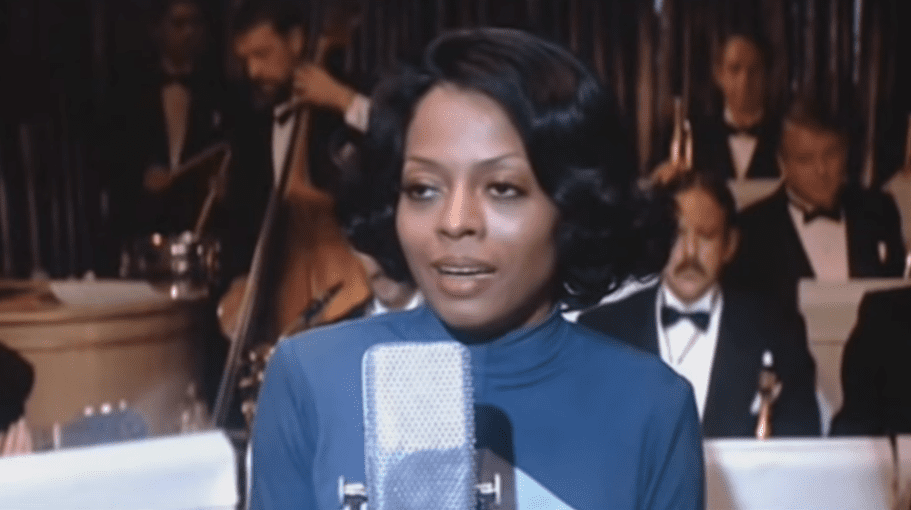 Lady Sings the Blues, Paramount Pictures
Lady Sings the Blues, Paramount Pictures
27. She Quit In The Middle
Motown was producing the movie, and just a few weeks into filming, they fired director Tony Richardson. Berry Gordy then took the role of director—and very quickly clashed with Diana. Things got so bad between the exes that she walked off set. They then had to complete the film with a secretary appearing as her body double.
While it did okay at the box office, critics absolutely hated it—something that neither Diana nor Berry were used to. And she didn’t handle her career missteps well…
28. They Gave Up On It
By the mid-70s, the cracks were beginning to show in Diana’s marriage—and there was nothing the couple could do to hide it anymore. In 1977, Diana and Robert Ellis Silberstein divorced after six years of marriage. At the time, Robert said it was because Diana “still belonged to Motown". He couldn’t have known how right he was…
29. They Resented Her
Just because Diana Ross was still enmeshed in Motown didn’t mean that Motown fans wanted her. When former Supremes bandmate Florence Ballard passed on in 1976, Diana was in for a nasty surprise. At the funeral, throngs of mourning Supremes fans booed Diana as she exited her limo. Ballard had fallen on hard times since being ousted from the Supremes, and many fans blamed Ross for Ballard’s exit from the group.
30. She Left It All Behind
Diana Ross had moved on from the Supremes and from her first husband—and now, it was time to move on from the man who’d been the guiding force in her life for nearly two decades. In 1980, Diana began negotiating with Motown to end their long professional relationship. RCA had presented her with an offer she couldn’t refuse. When she took it to Berry to see if he could match it, he said no.
It wasn’t a bluff, either—Ross’s RCA offer was actually, at the time, the most expensive recording deal in history. She walked away from Motown, and, finally, from Berry Gordy.
31. She Rebounded
Diana was single for three years after her difficult divorce from Robert—but when she finally got back onto the dating scene, those who knew her were in for a shock. Diana’s next boyfriend was a complete 180 from both Berry Gordy and Robert Ellis Silberstein. He was leather-clad, makeup-wearing, tongue-flicking Kiss frontman Gene Simmons.
But if family and fans thought her pick was surprising, that was nothing compared to the shock one friend felt.
32. It Started Out Innocently
Diana had actually met Gene Simmons through her close friend Cher—who, yup, had been Gene’s girlfriend. Cher and Gene had been living together, and Cher suggested that he call up Diana, who she called her best friend, for Christmas gift suggestions. It seemed like an innocent suggestion—but when the two went shopping together, sparks flew.
33. She Betrayed A Friend
Before long, Diana and Gene’s feelings took over—and Gene ended up breaking Cher’s heart. The betrayal forever damaged the friendship between Diana and Cher. It was a truly messy situation. Regardless, Gene and Diana ended up dating for three years before parting ways in 1983. He moved on quickly—but so did she.
34. She Finally Met Her True Love
In 1985, Diana Ross met Arne Naess, Jr. Everything about him was different than the men she’d loved before. He wasn’t involved in the music industry at all. Naess was a shipping magnate with a keen sense of adventure and a passion for mountaineering. This daredevil spirit was reflected in their romance. They tied the knot just one year after meeting.
Sadly, as we’ll see, after years of wedded bliss, their relationship would go from a fairy tale to an absolute horror story.
35. She Reunited With An Old Flame
After everything they’d been through, Diana Ross never expected to go back to Berry Gordy—but in the late 80s, she did just that. Well, in a sense. When Diana heard that he was considering selling Motown, she begged him not to. After all, it had been an instrumental part of her life and career for so many years. While she didn’t convince him to stay, she did end up making a surprising decision.
36. She Turned The Tables
After MCA Records bought Motown, they lured Diana Ross away from RCA and back to her former label with an alluring offer. While Berry Gordy was out, they wanted her in—as one of their artists, and as part-owner. Finally, after all those years, she was the one in charge.
37. They Wanted Nothing To Do With Her
In 1999, a day came that many never thought would happen. Diana Ross wanted to reunite the Supremes. She began to organize a tour and invited all the former Supremes to join her—but she was in for a brutal surprise. Cindy Birdsong, Jean Tyrell, Susaye Greene, and Mary Wilson all declined. And they had good reason to.
38. She’d Already Tried It Once
In 1983, the Supremes had briefly reunited for a Motown anniversary TV special. It was a disaster of monumental proportions. Familiar with Diana’s tricks for centering herself, Mary Wilson went toe to toe with her during the show, stepping forward before Diana could perform her signature move of swinging her arms out to cover her bandmates’ faces. She didn’t stop there, either.
39. They Didn’t Forgive Or Forget
During the performance, Mary also began to sing Diana’s lead part for the song “Someday We’ll Be Together” before Diana could. She then introduced Berry Gordy—a line that producers had earmarked for Diana. It was, after so many years of lingering bitterness, a hilarious coup. And Diana didn’t react well either, talking over Mary. Luckily, some quick edits made it so that their jostling didn’t make it on TV.
Later, Diana Ross refused to appear with Mary Wilson when the Rock And Roll Hall of Fame inducted the Supremes. It’s really no wonder Mary didn’t want to join Diana for the 1999 reunion. Regardless, Diana forged on—but there was more disappointment in store.
40. Her Project Was A Failure
Back in 1999, after the other Supremes members rejected her offer, Diana Ross was able to recruit Lynda Laurence and Scherie Payne. These two singers had joined the Supremes years after Ross left. But to add insult to injury, the lineup just wasn’t enticing enough for audiences, and they ultimately had to cancel the “Return to Love” tour halfway through.
Then, with professional disappointment came profound personal heartbreak…
41. She Lost Everything
As the 90s came to a close, Diana Ross was in her mid-50s, married with a handful of teenage and adult kids. It should’ve been a calm and happy time. Instead, she became the center of a devastating scandal. Rumors began to spread that her husband of nearly 15 years was having an affair—and that wasn’t the worst part.
42. There Was Another Woman
Not only was Diana’s husband Arne Naess Jr involved with another woman…but that woman, Camilla Nestrup, was also pregnant with his child. Talk about a one-two punch. The betrayal was absolutely brutal. And how Diana found out about it all was a whole other ordeal.
43. She Never Saw It Coming
During a 1999 interview, when asked about Diana Ross, Arne Naess Jr said that they had separated. There was just one problem. He’d never told Diana—it was her first time hearing about it. Diana was not only heartbroken, but she was also completely blindsided. Soon after, Diana and Arne divorced after 15 years of marriage.
It was a devastating blow—and it took a serious toll.
44. She Couldn’t Take It Anymore
Diana was vacillating between intense professional highs and lows. Unfortunately, the abrupt end to her marriage proved to be too much for her. Things quickly spiraled even further out of control. Her friends and family began to realize that Diana was relying much more on drinking than she should. Eventually, she admitted herself to a 30-day rehab program in May of 2002—but it would take more than that to right the ship.
45. She Was Making Terrible Choices
Three weeks later, Diana left her rehab program prematurely in order to jump back into a scheduled run of tour dates. It was a serious mistake. While the ticket sales for this tour were much better than the failed Supremes reunion, Diana was struggling. In August, she went for another brief stint in rehab before leaving again.
And then, it all came to a disturbing head.
46. She Was Way Over The Limit
In December of 2002, Tucson authorities pulled over Diana Ross after they found her driving the wrong way down a one-way street. When they performed a sobriety test, they were shocked by what they found. The breathalyzer revealed that her BAC was at .20 percent, more than double Arizona's 0.08 percent limit for driving—and that’s not even the most surprising part.
47. She Had To Go To Jail
Diana Ross wasn’t in Arizona for tour dates—she was actually there for a stay at Canyon Ranch Health Resort, which offers a lot more services than just a spa does. After pleading no contest to the charges against her, a judge sentenced Diana to 48 hours in lockup, which she served later that year. It was a low point—thankfully, one that hasn’t been repeated since.
But her ordeal wasn’t over yet.
48. She Lost Him Again
In 2004, just a few years after their divorce, Arne Naess Jr perished in a climbing accident near Cape Town, South Africa. He was a very experienced mountaineer, but sadly, an equipment malfunction caused the horrific accident. Despite their fractured relationship, Diana called Arne the true love of her life in a 2011 interview with Oprah Winfrey.
The difficult and excruciating end of her relationship with him—namely, the secret love child—actually bore striking similarities to one of the worst periods in Diana’s life.
49. She Was Hiding Something
Back when Diana Ross tied the knot with her first husband Robert Ellis Silberstein, she was already two months pregnant with her first child, Rhonda. While Robert was fully aware that she was pregnant, there was one crucial—and devastating—detail that he didn’t know.
50. She Didn't Want To Tell Him
While Robert was under the impression that Diana was pregnant with his child, the girl wasn’t actually his. She was actually Ross’s love child with Motown mogul Berry Gordy. Afraid to lose Robert, Diana kept her parentage a secret—but it would be one that would come back to haunt her.
51. She Finally Fessed Up
At first, Robert raised little Rhonda as if she were his own. Then, Diana Ross finally revealed the heartbreaking secret she’d been keeping from him. Her previous relationship with Berry Gordy had already driven a wedge between them, and this made it so much worse. But if telling Robert was difficult, telling Rhonda herself would be a completely different ordeal.
52. She Had To Wait To Tell Her Daughter The Truth
Rhonda Ross was just six years old when her parents divorced, and she had no idea what had driven them apart. It must have been confusing—but she’d have to wait years to find out the secret that they’d both been keeping from her. When Rhonda was 13, Diana sat her down. She revealed that Berry Gordy was Rhonda's real father, not Robert. Being 13 with a famous parent is difficult enough—how do you even begin to deal with that shocker?
Luckily, Rhonda said it was a relief. She realized that there were some real differences between her and her younger sisters, and knowing about her real father helped answer her questions.

